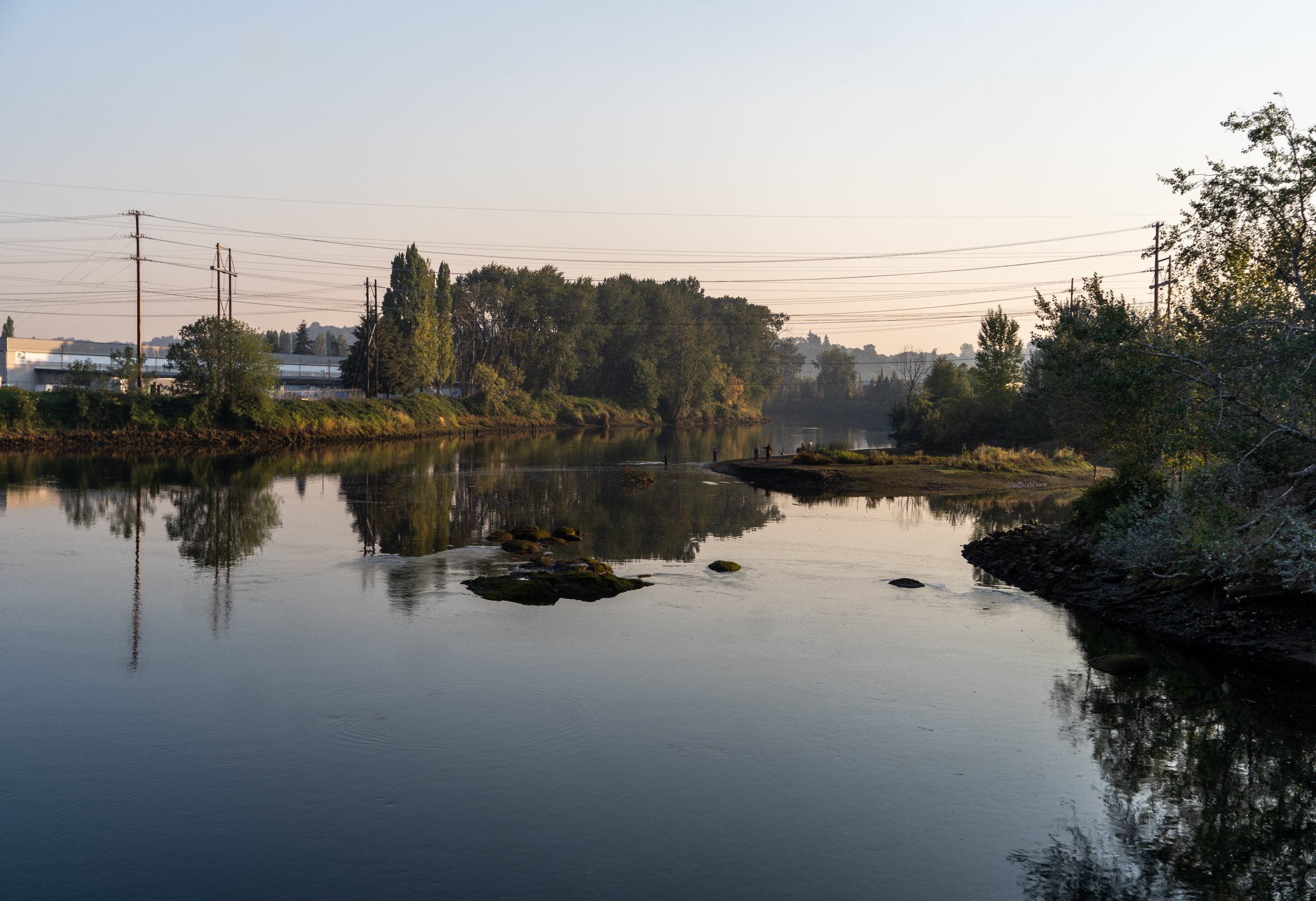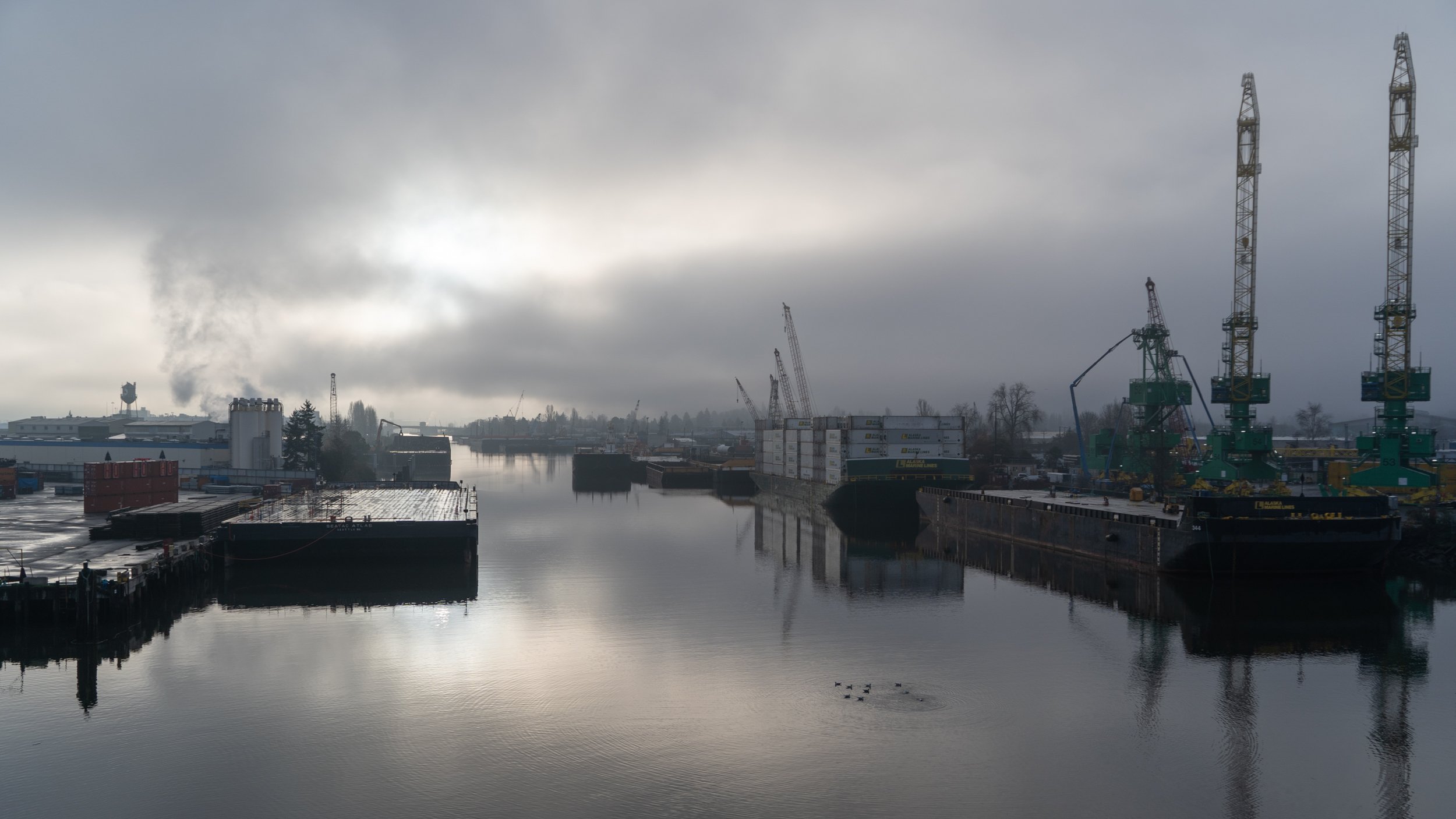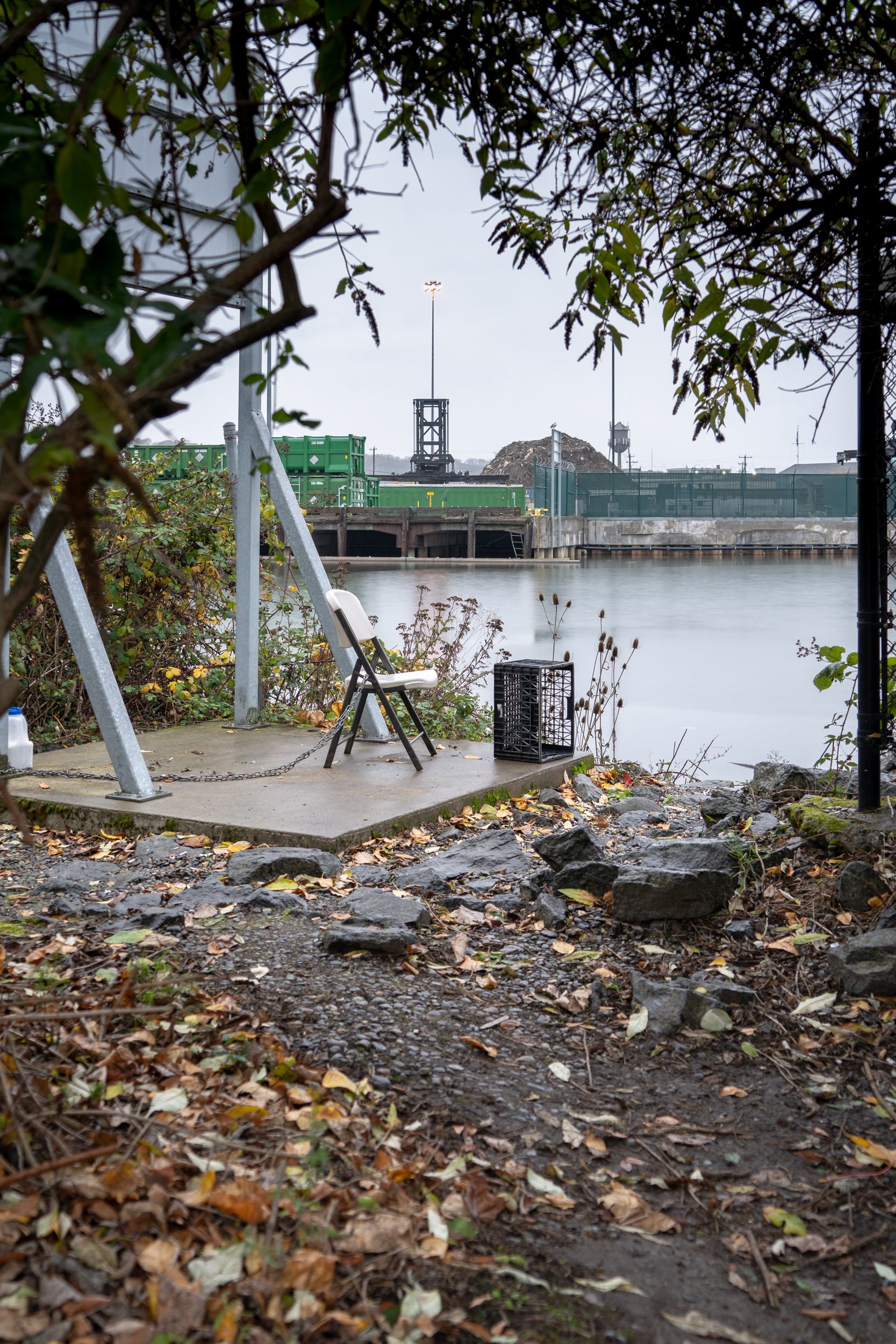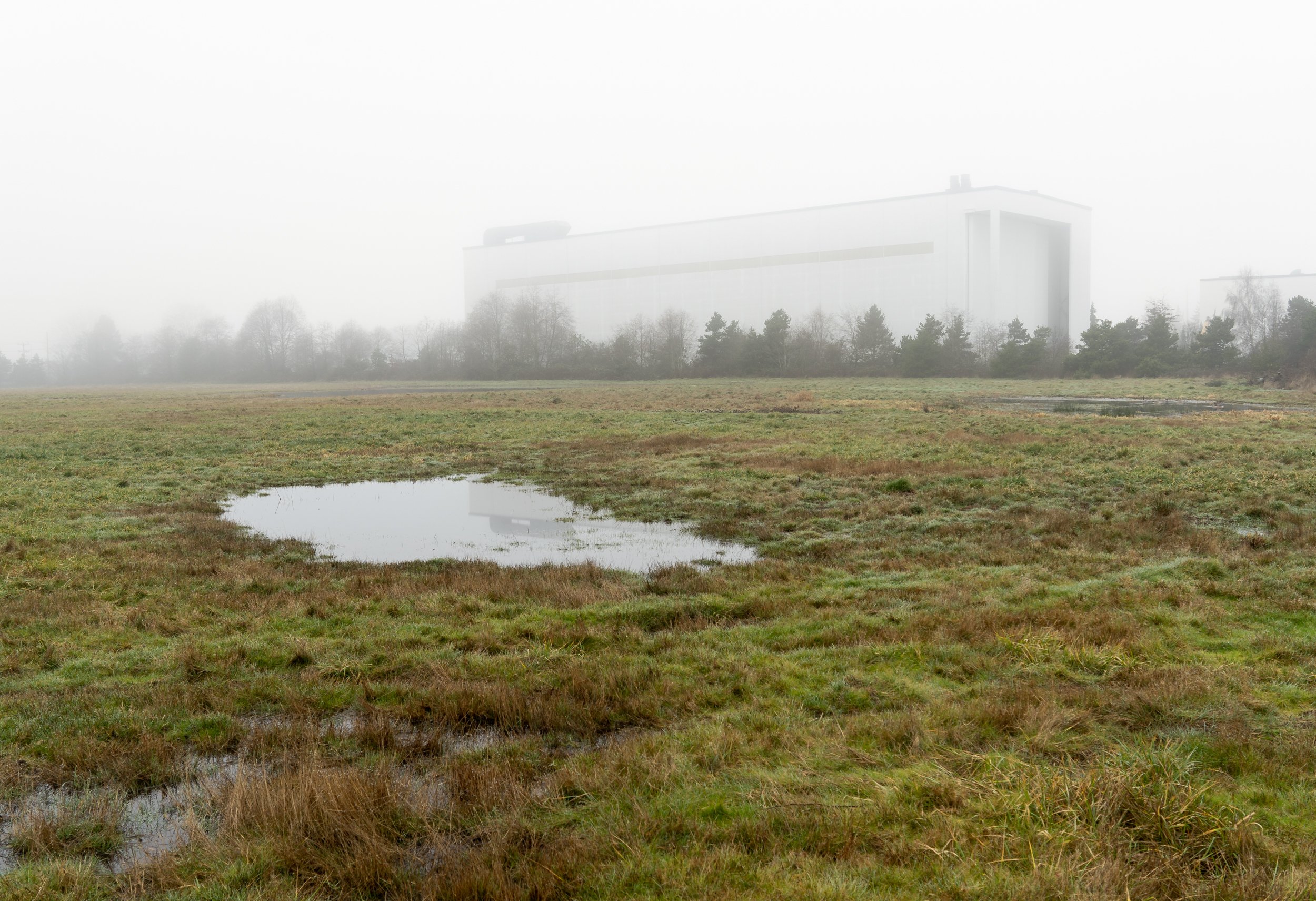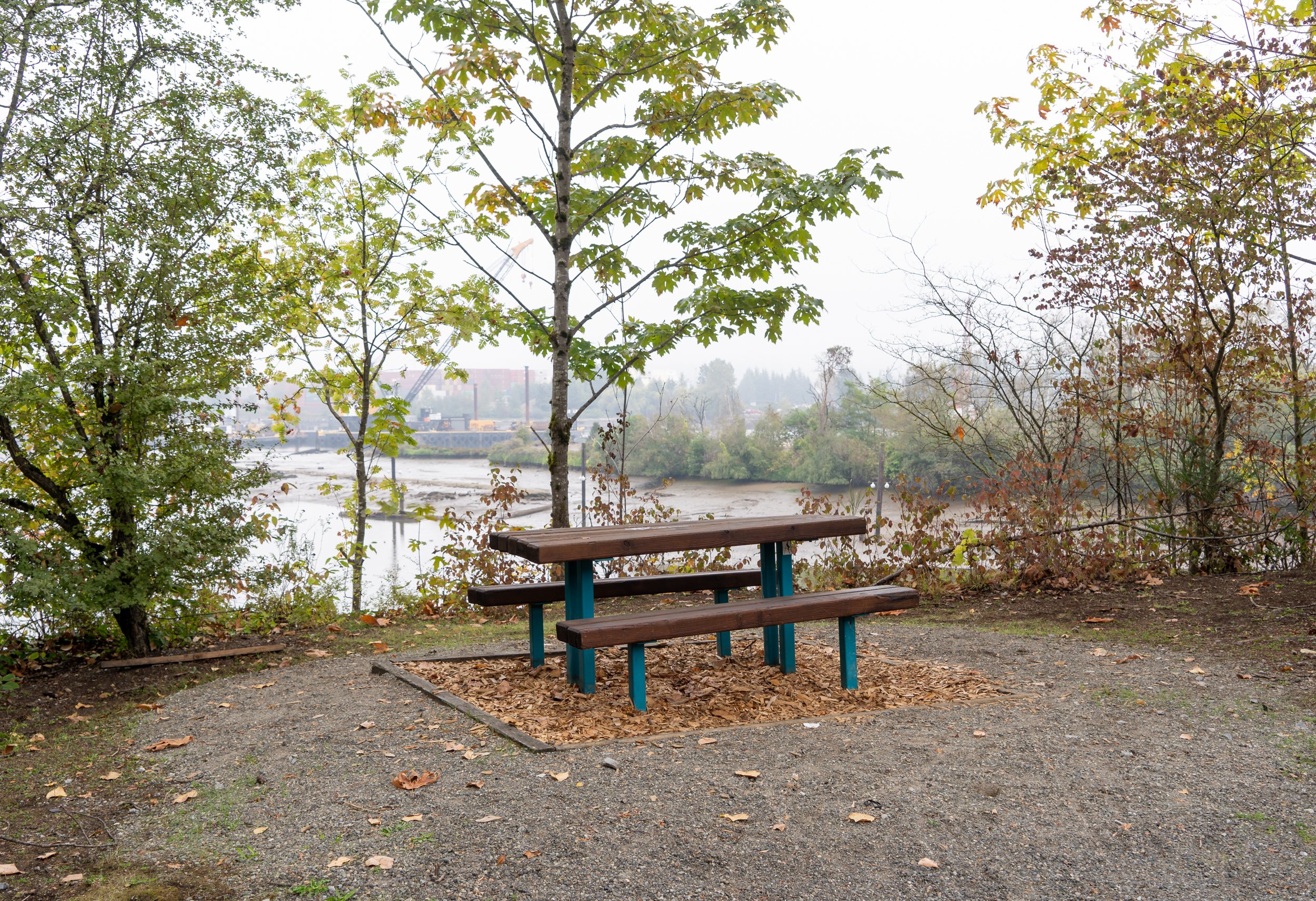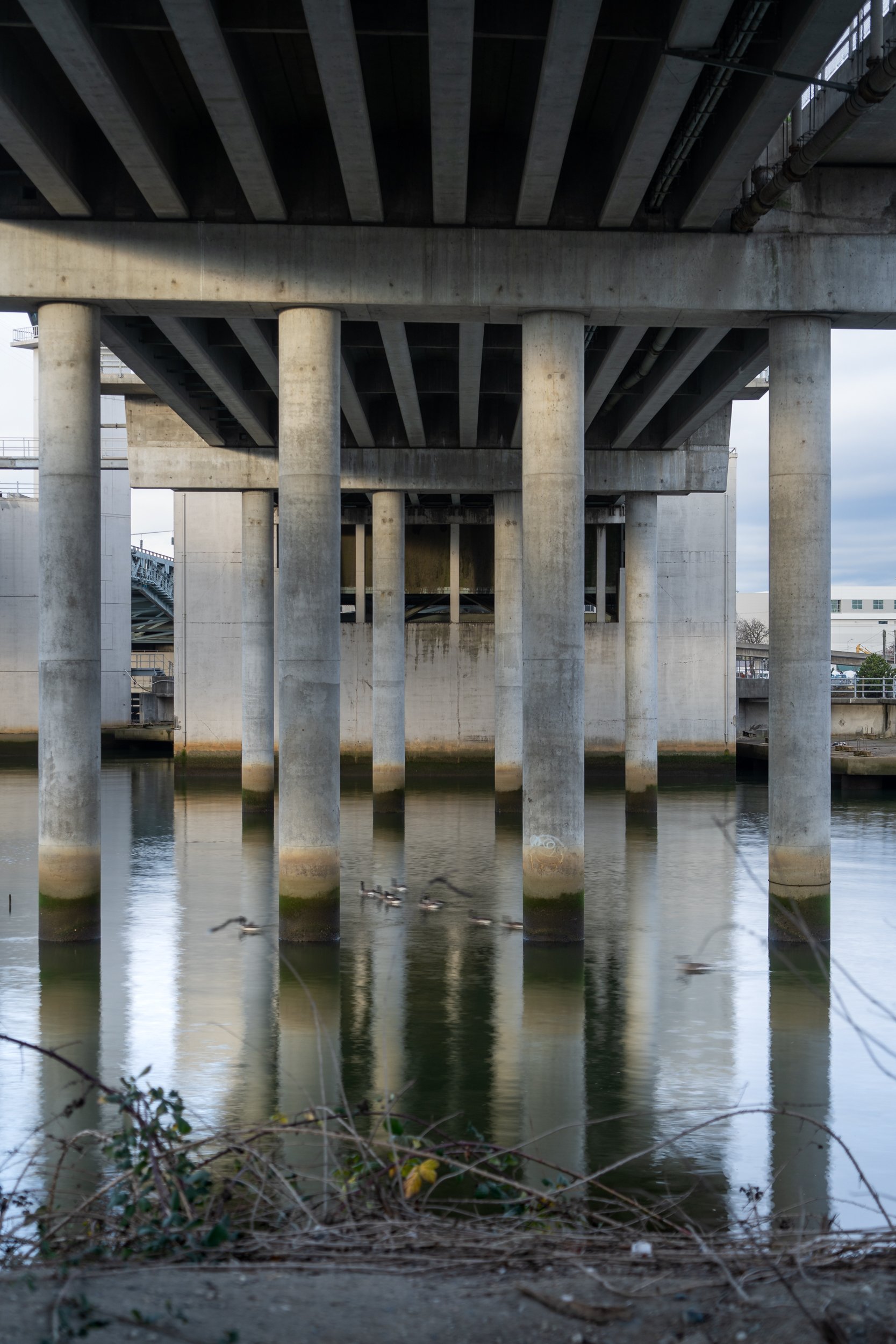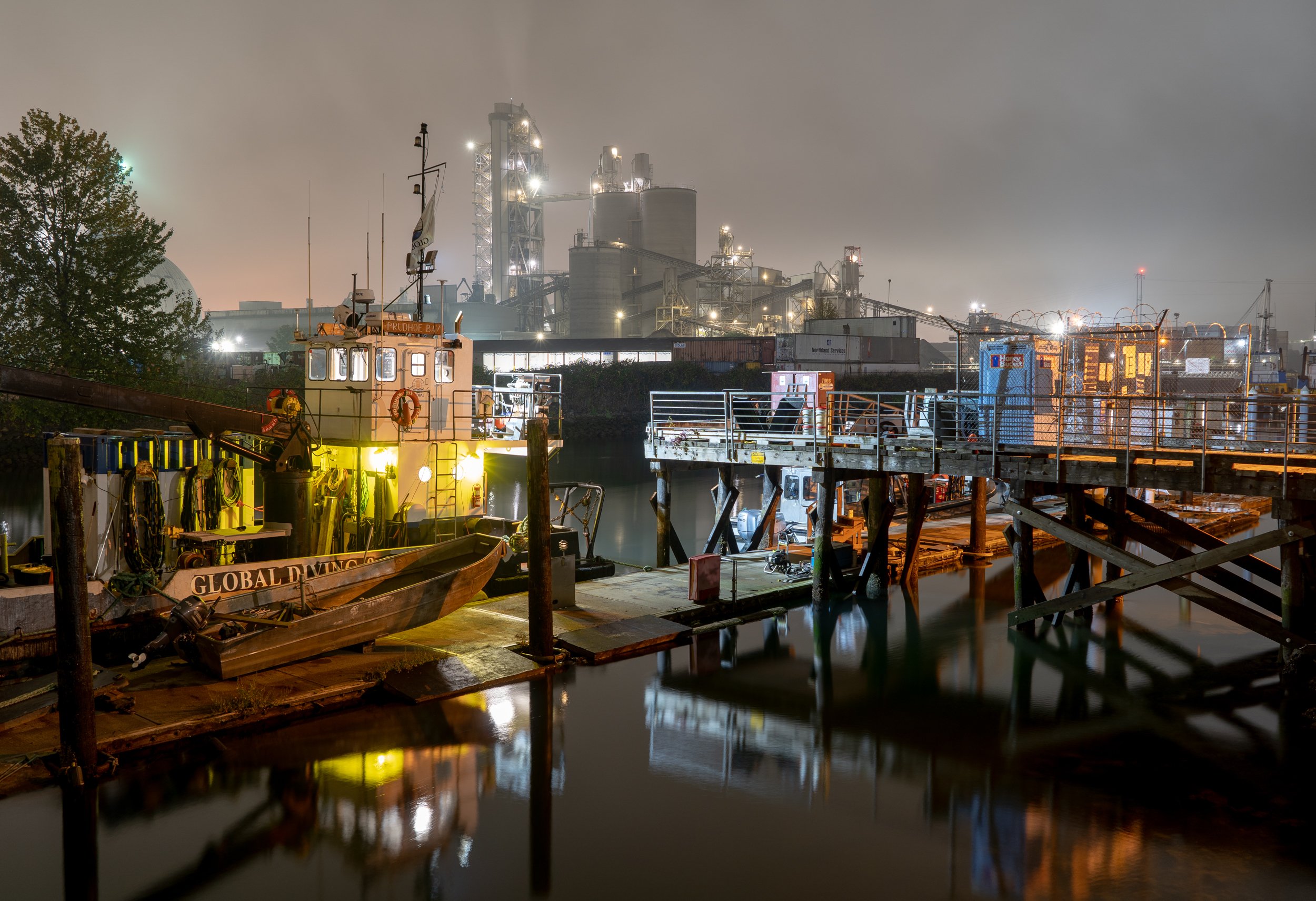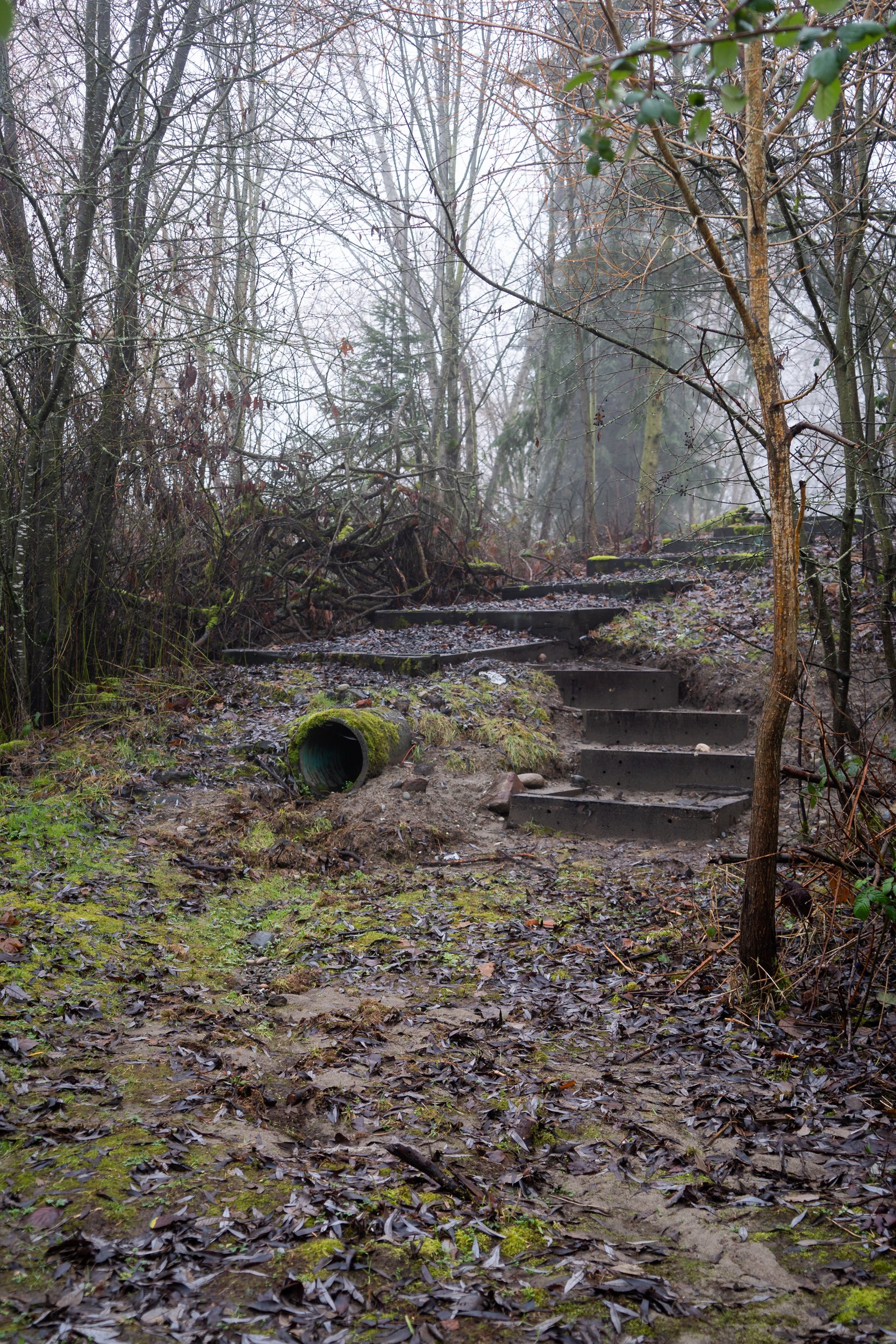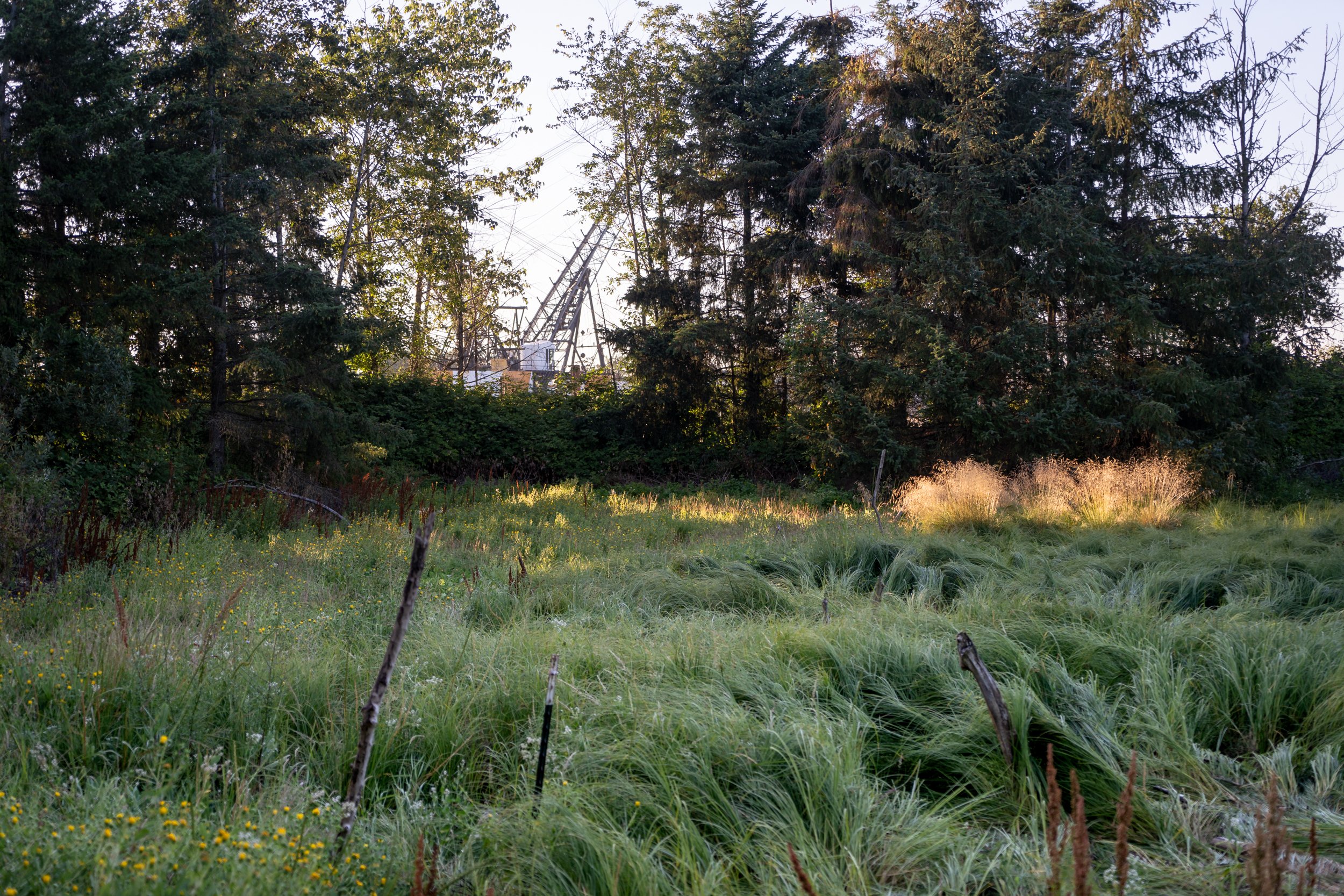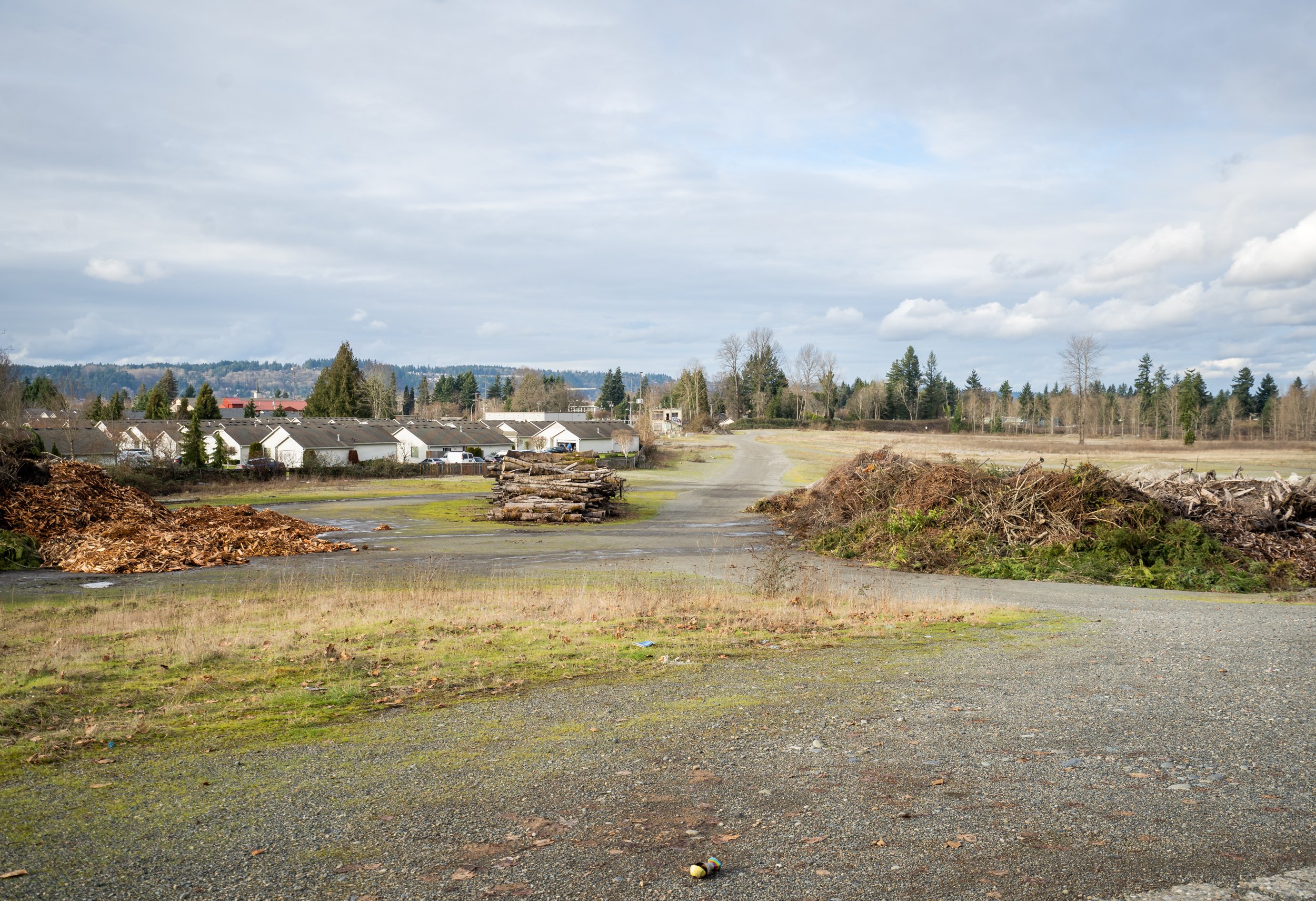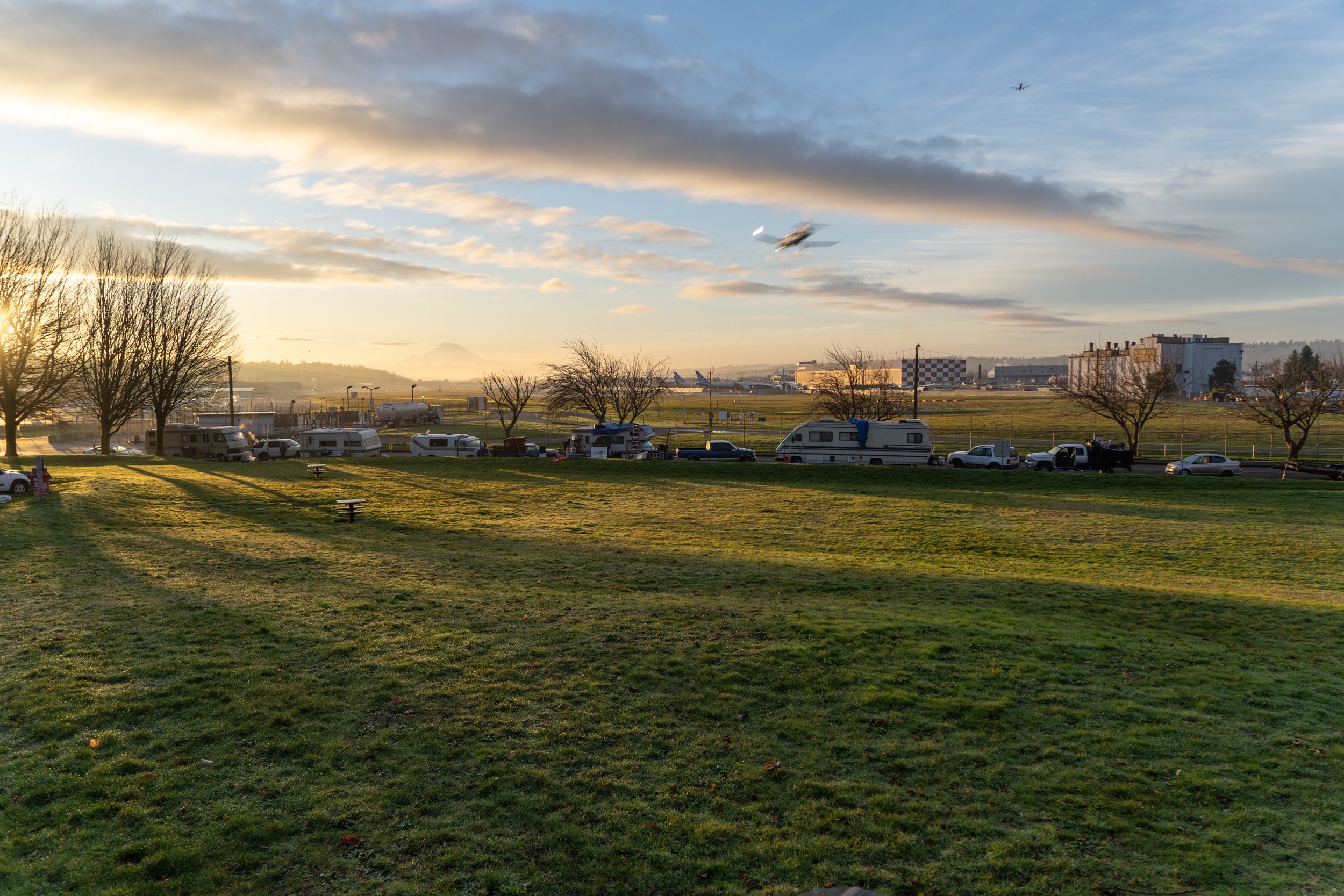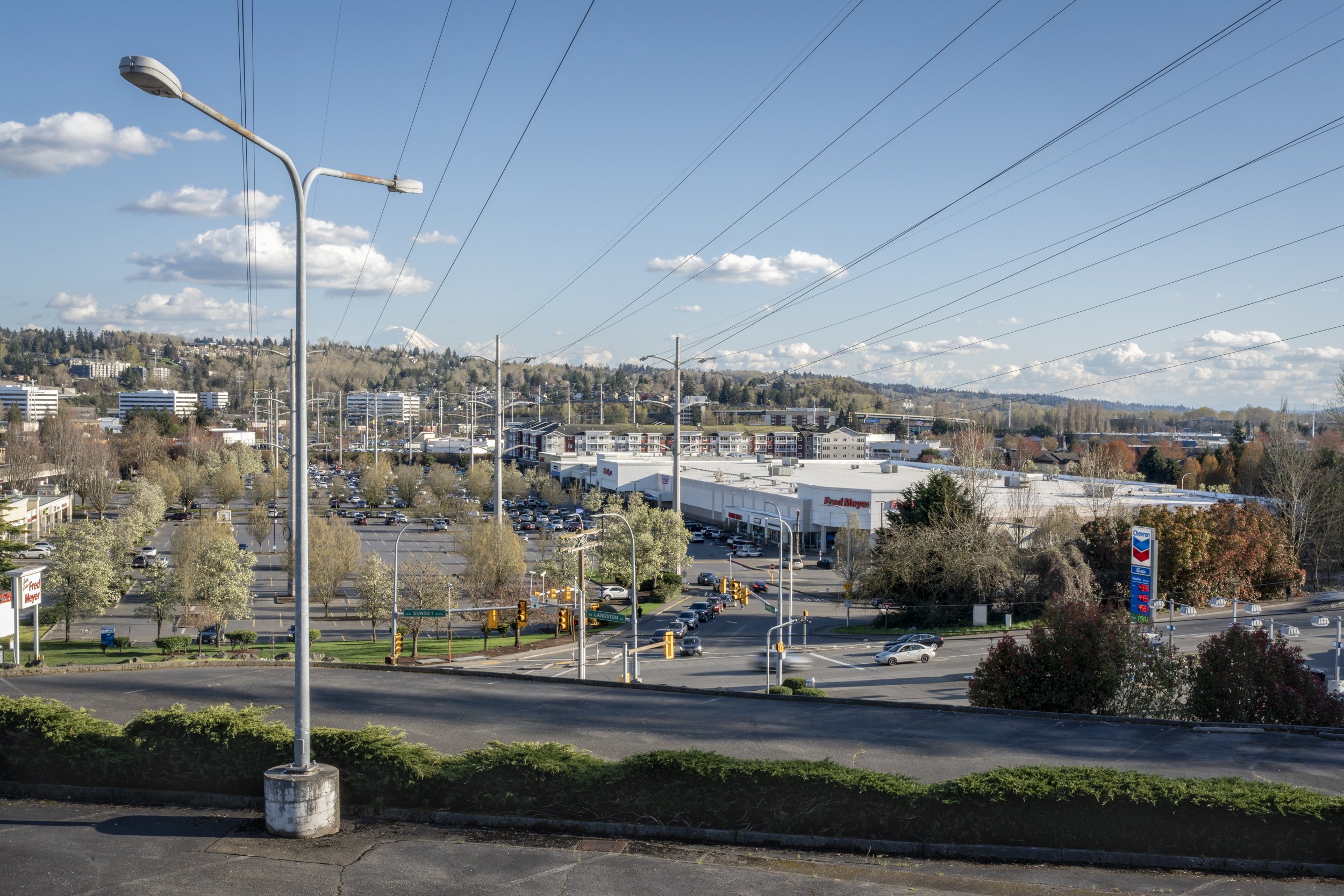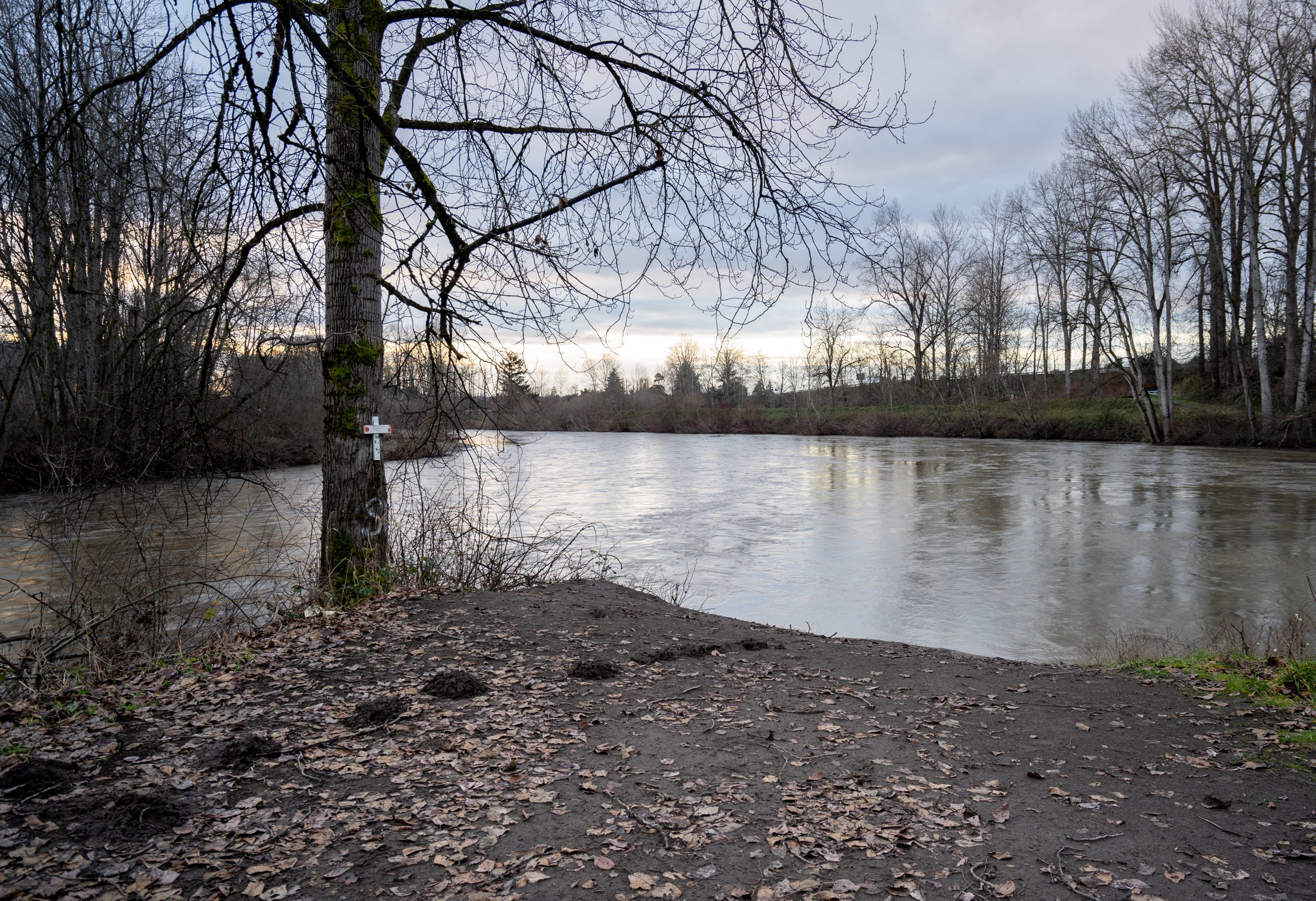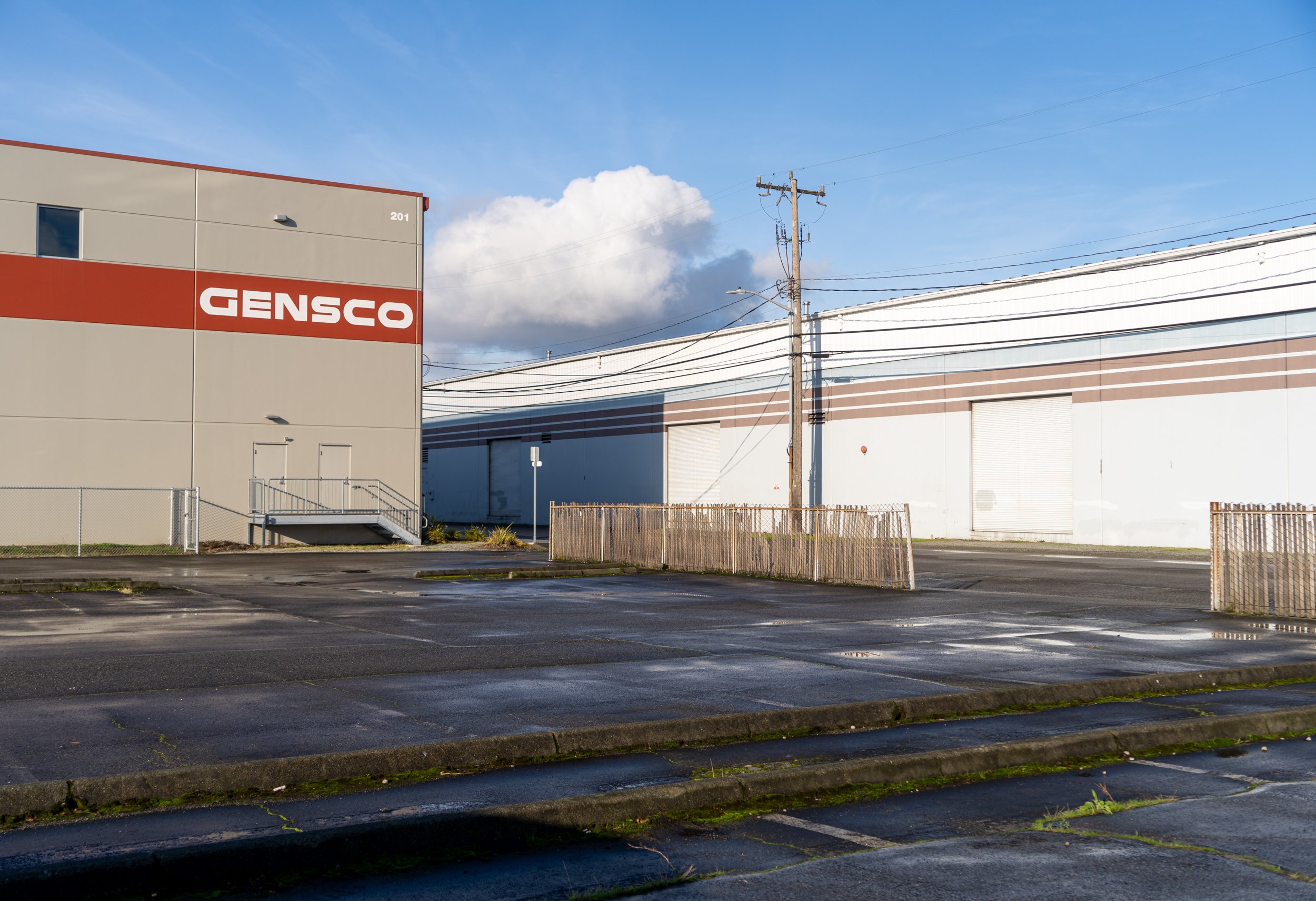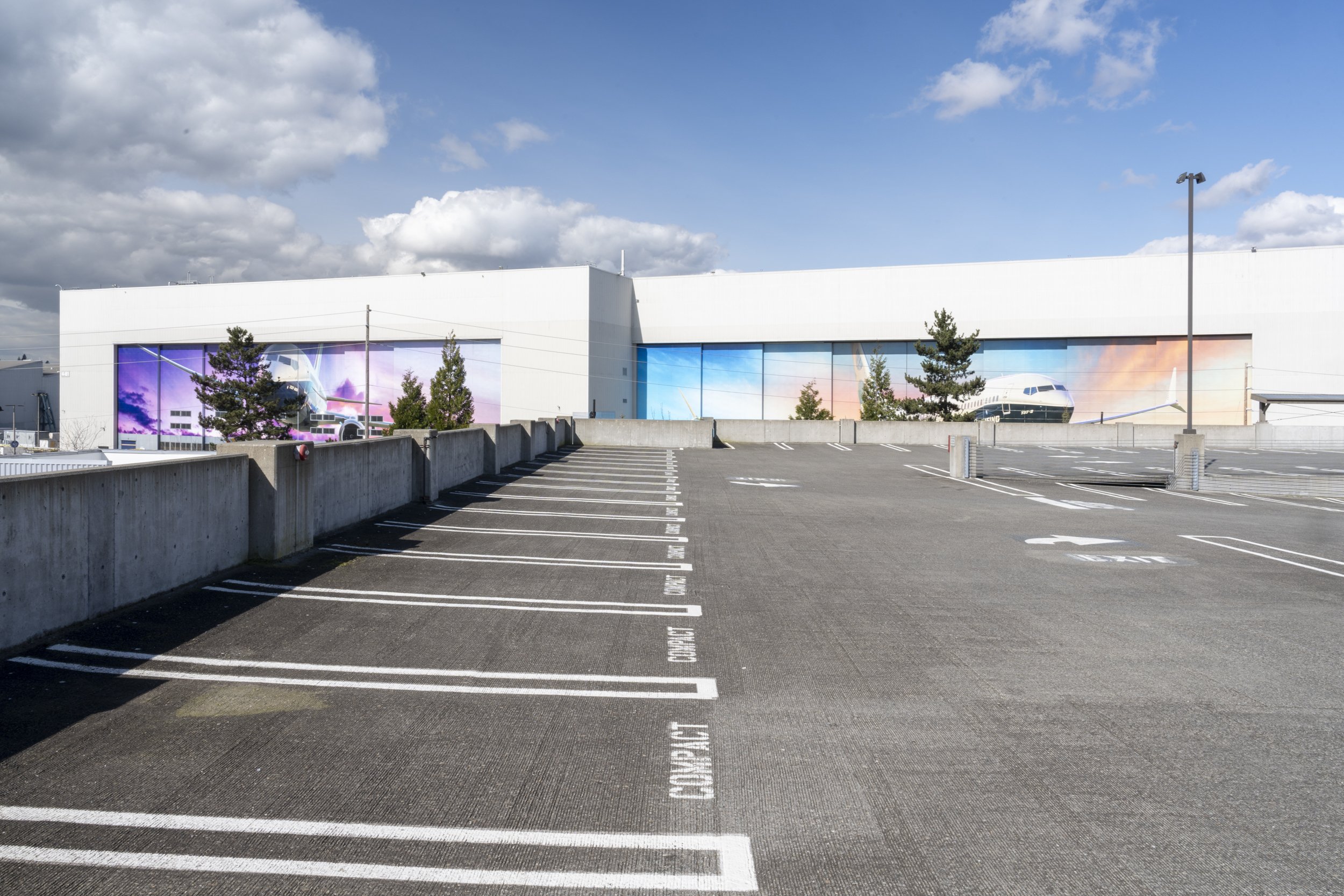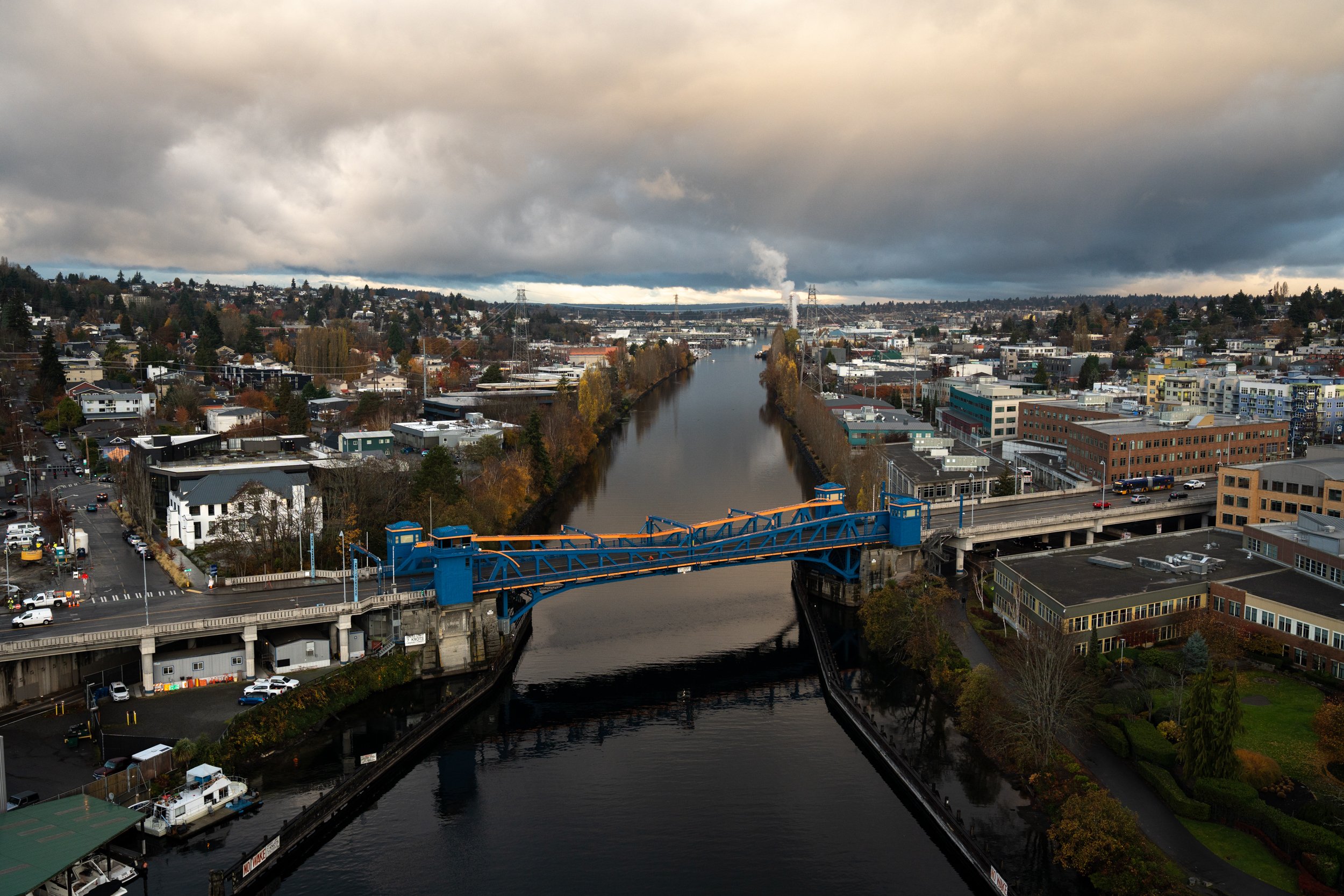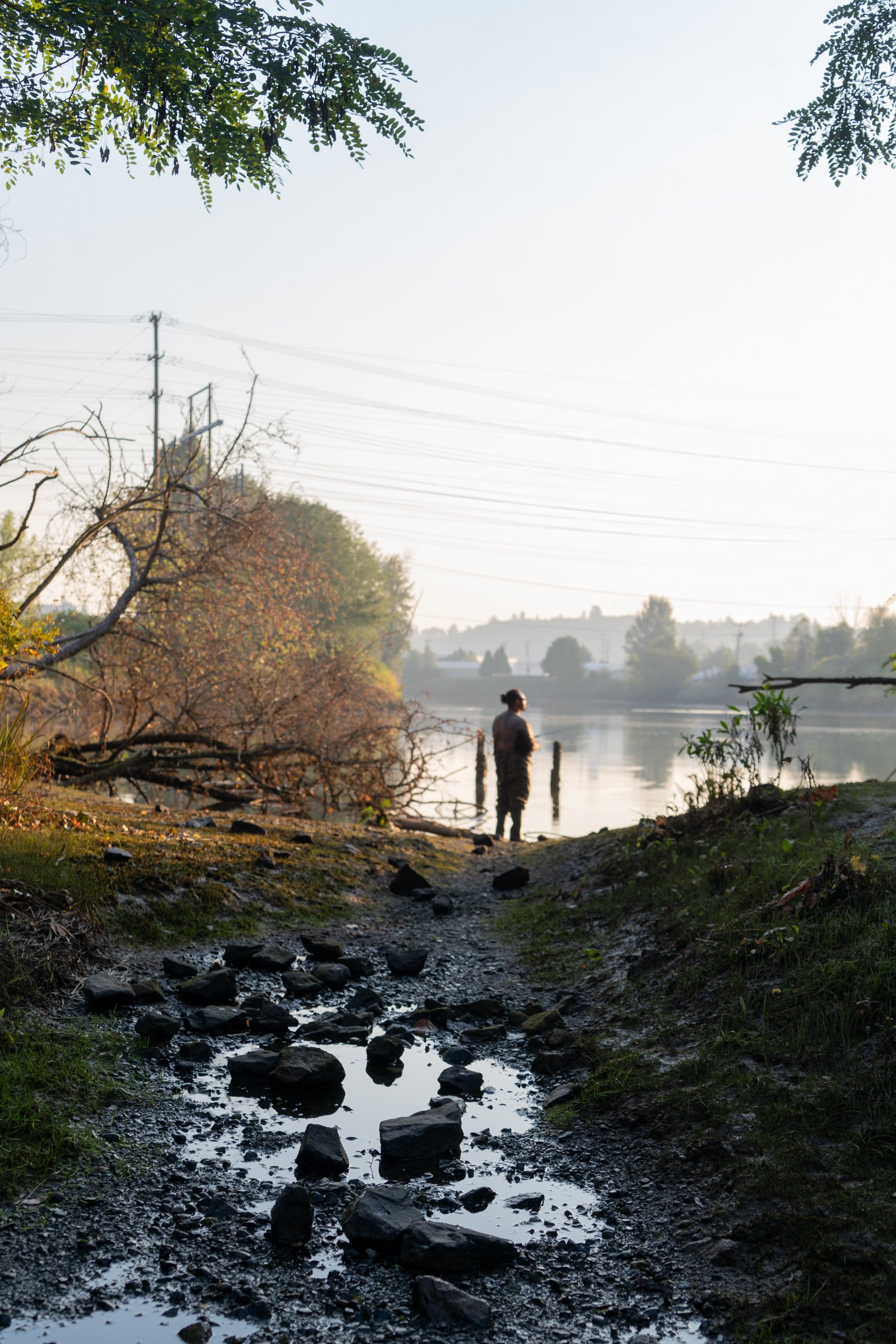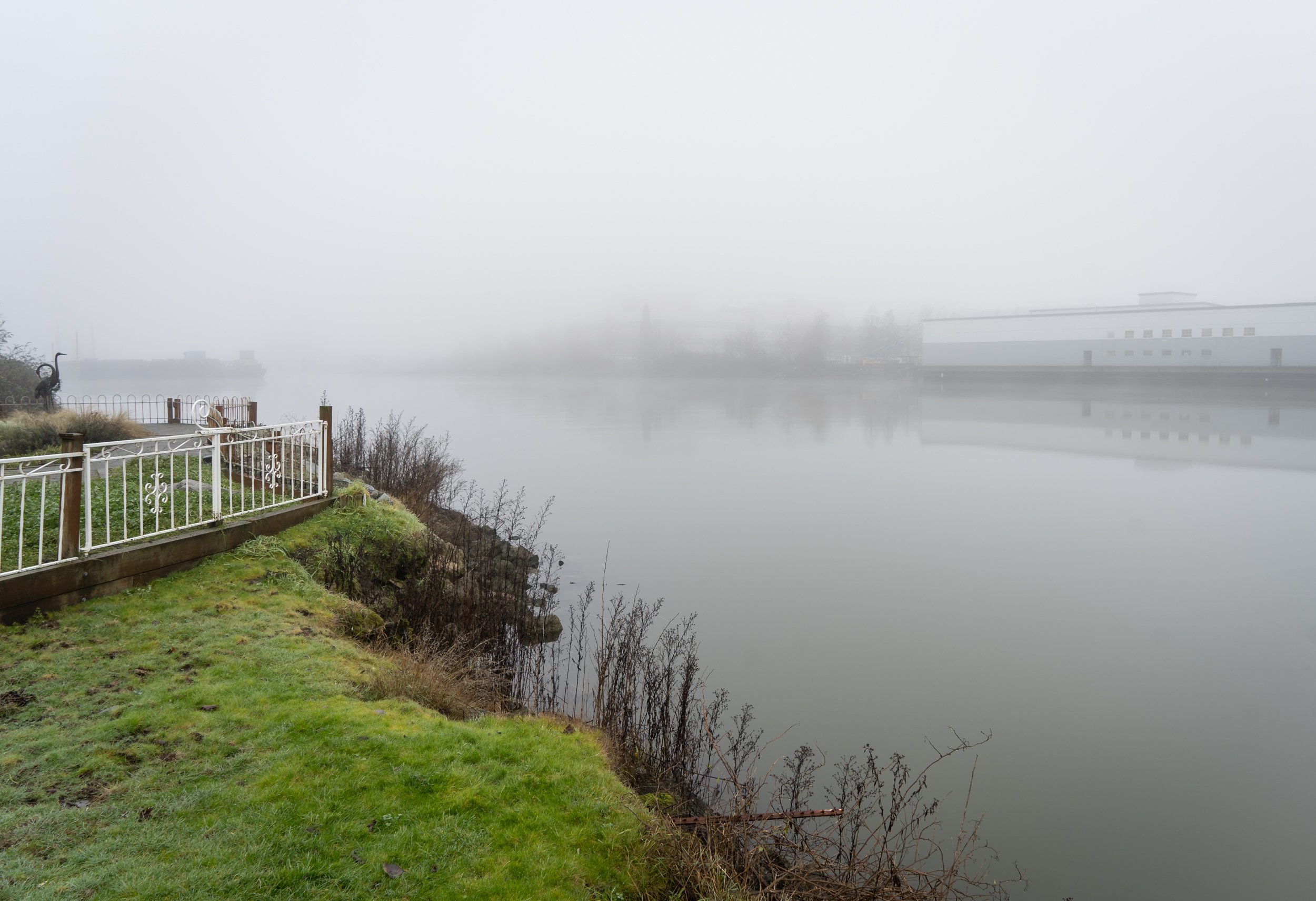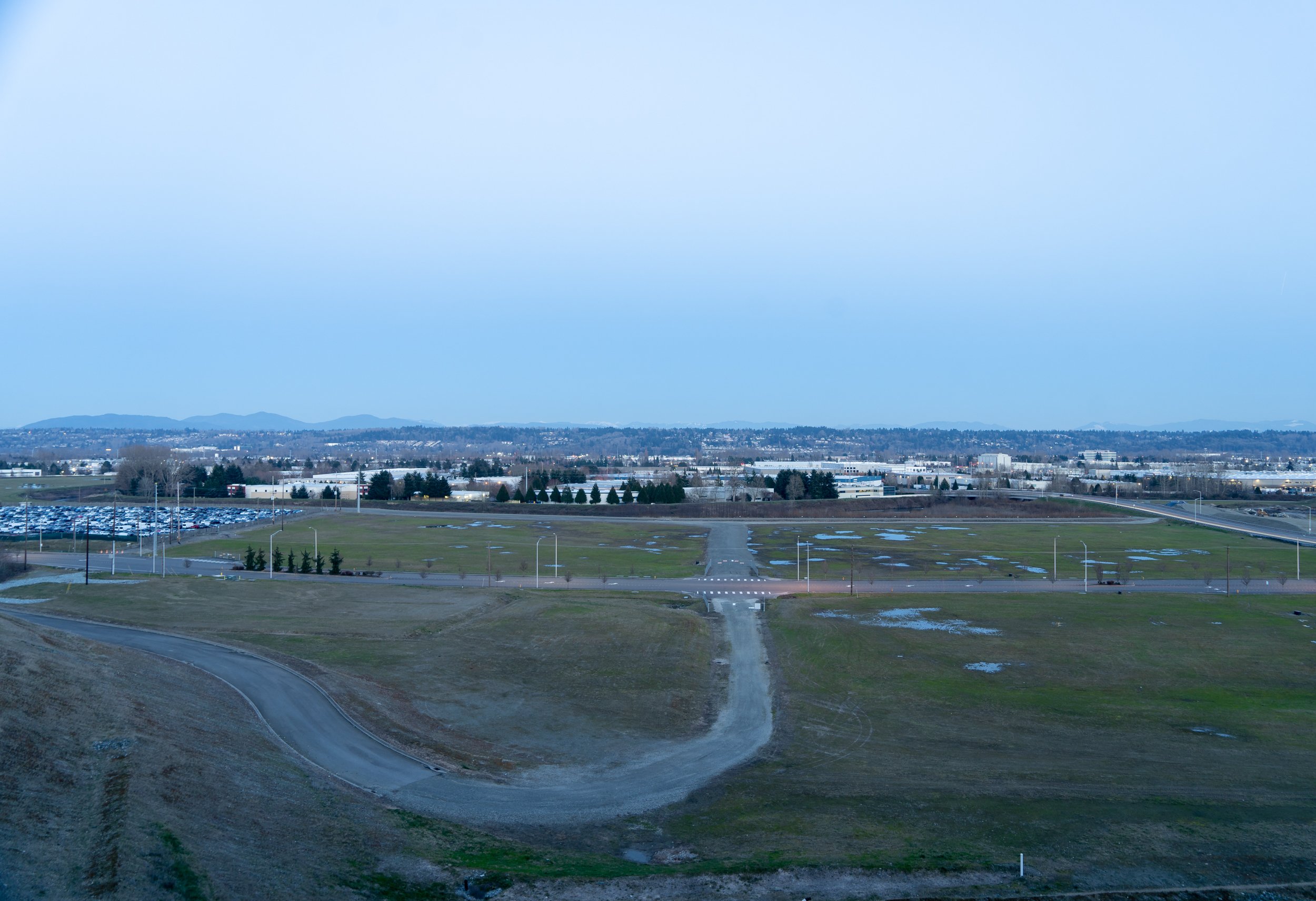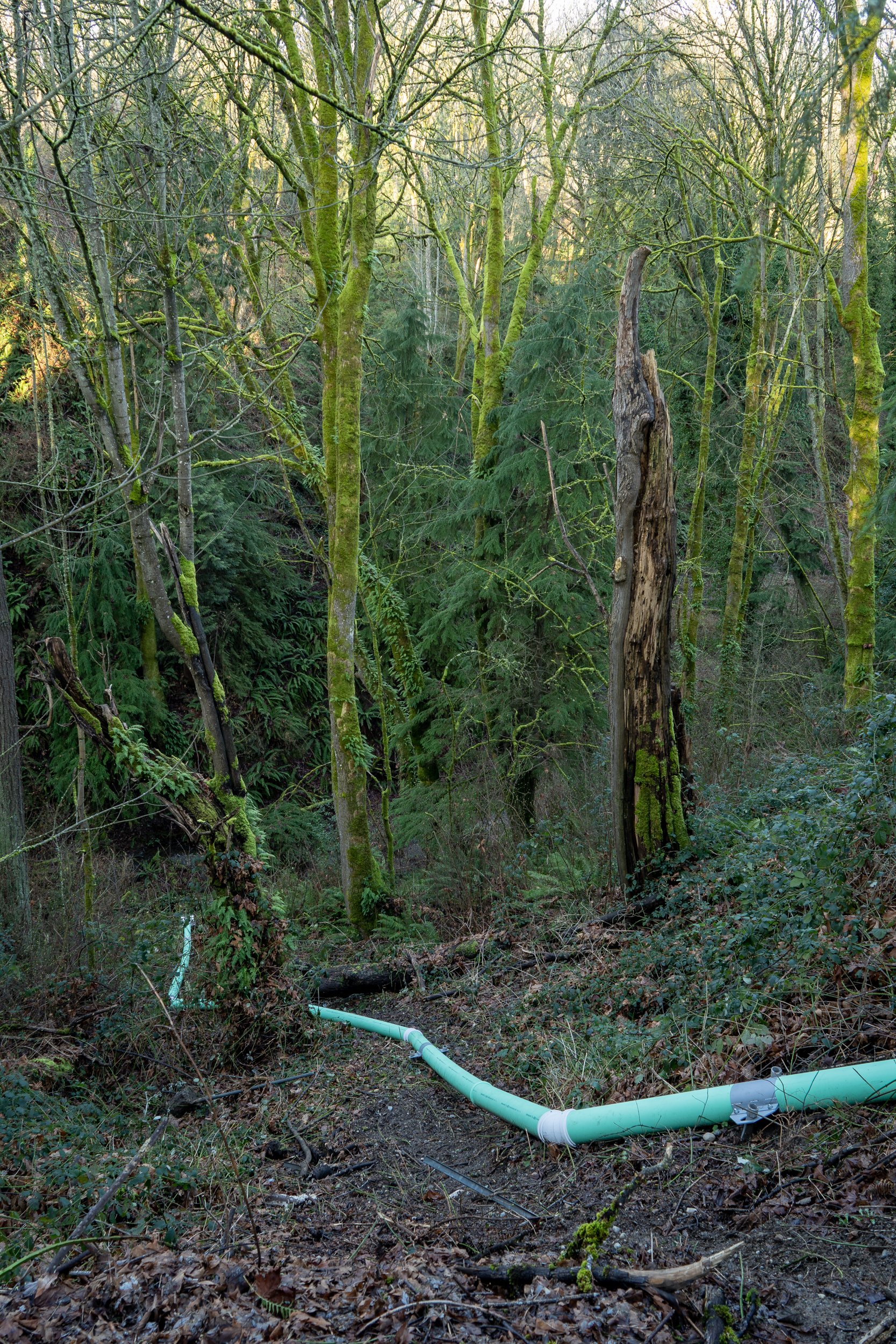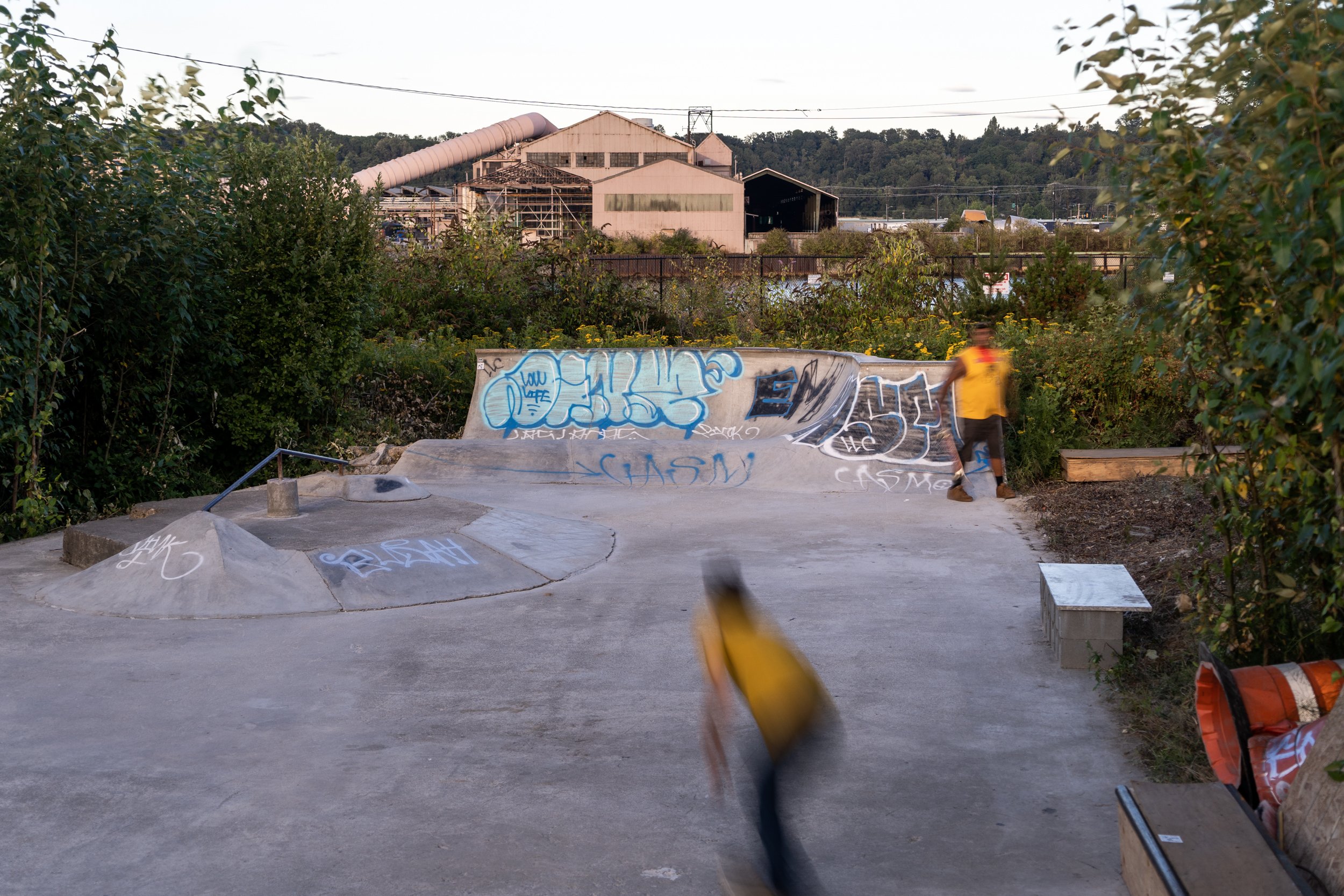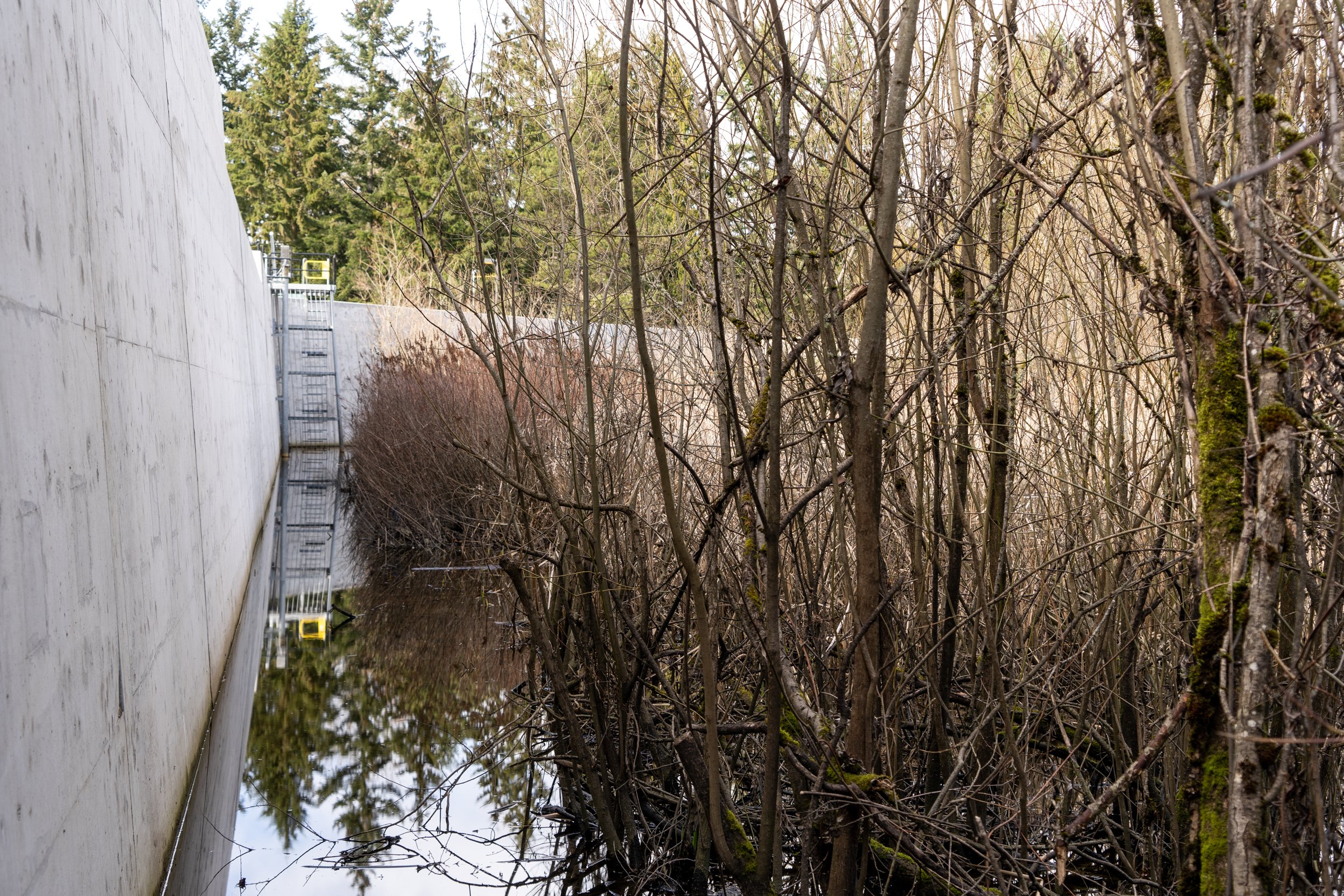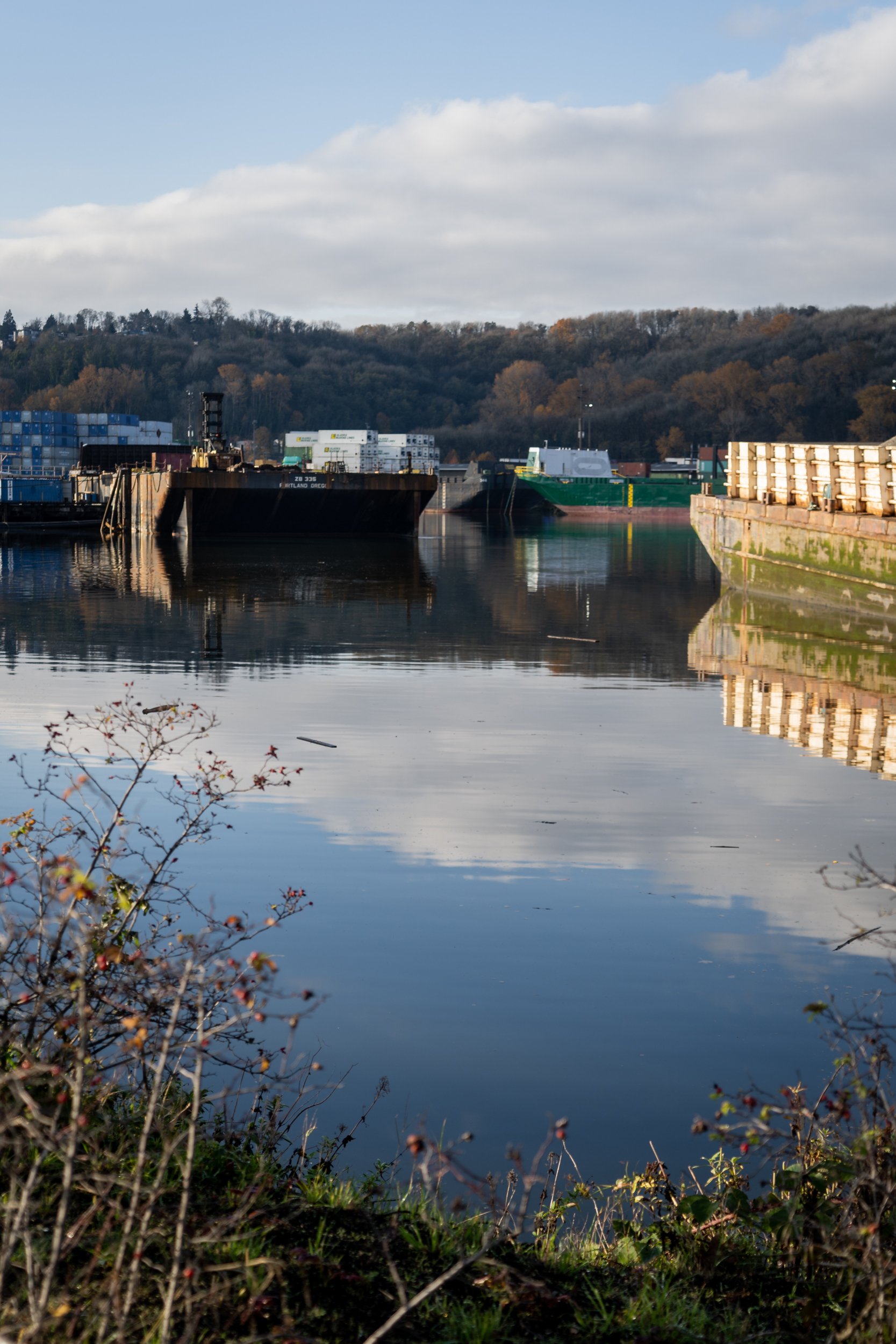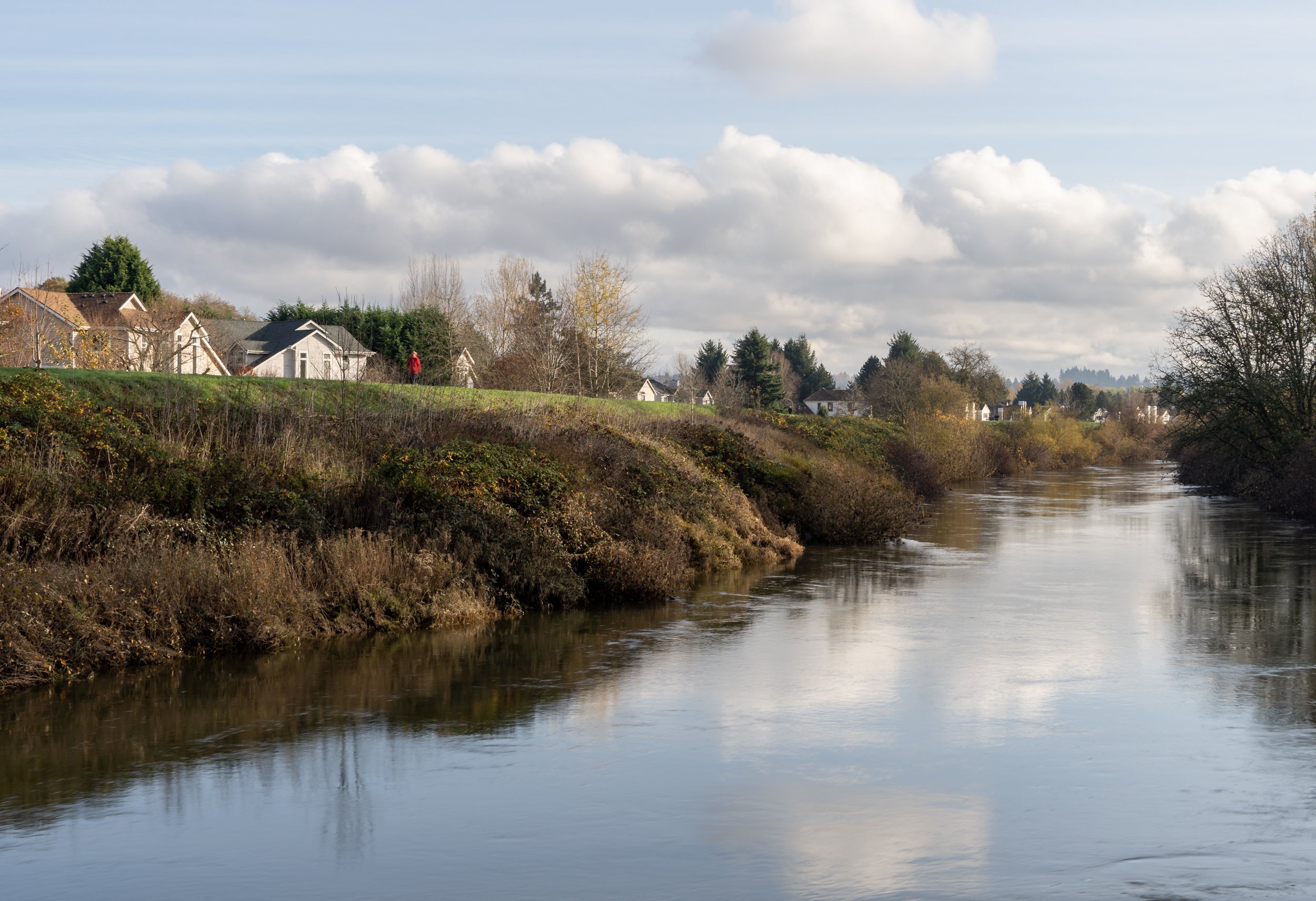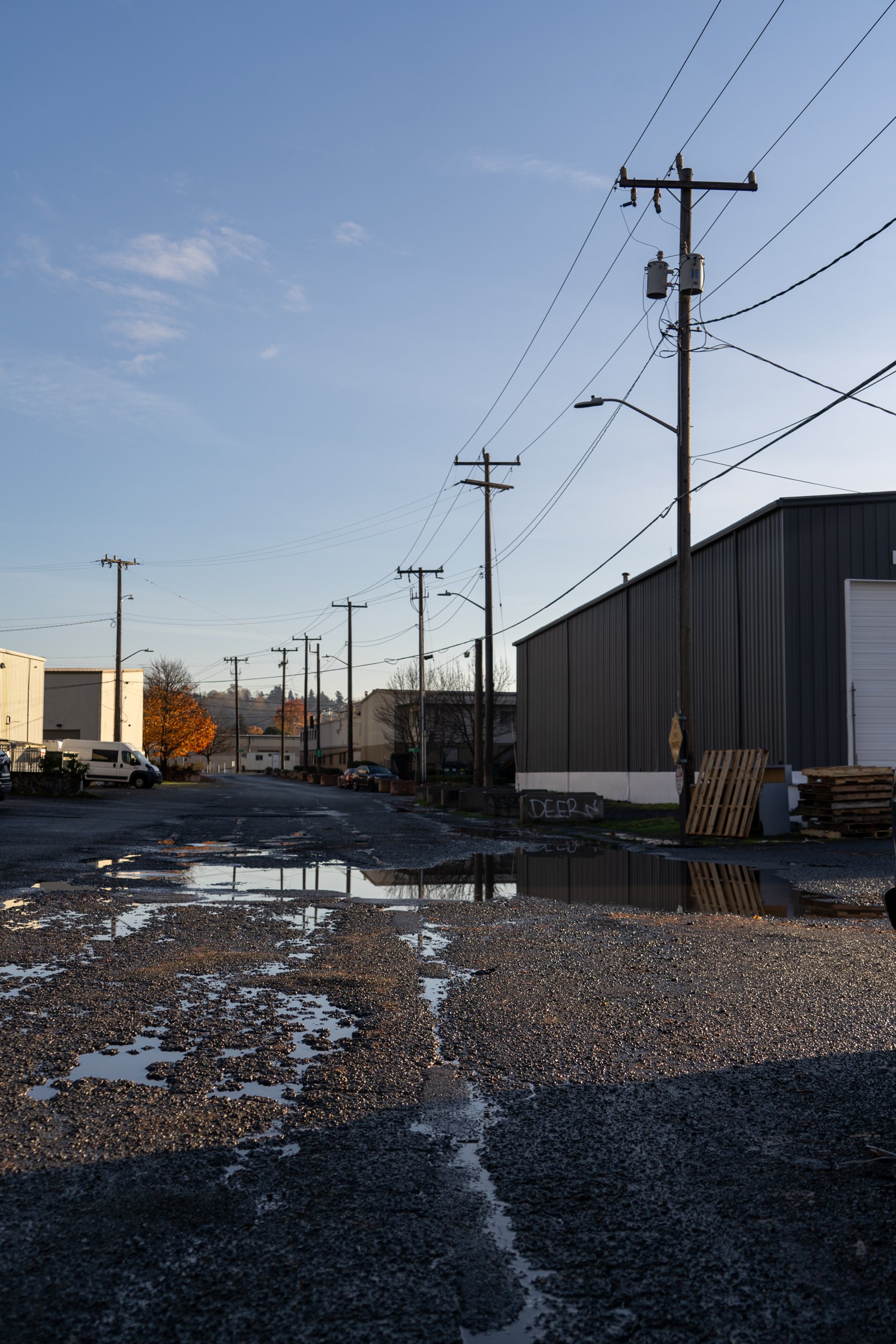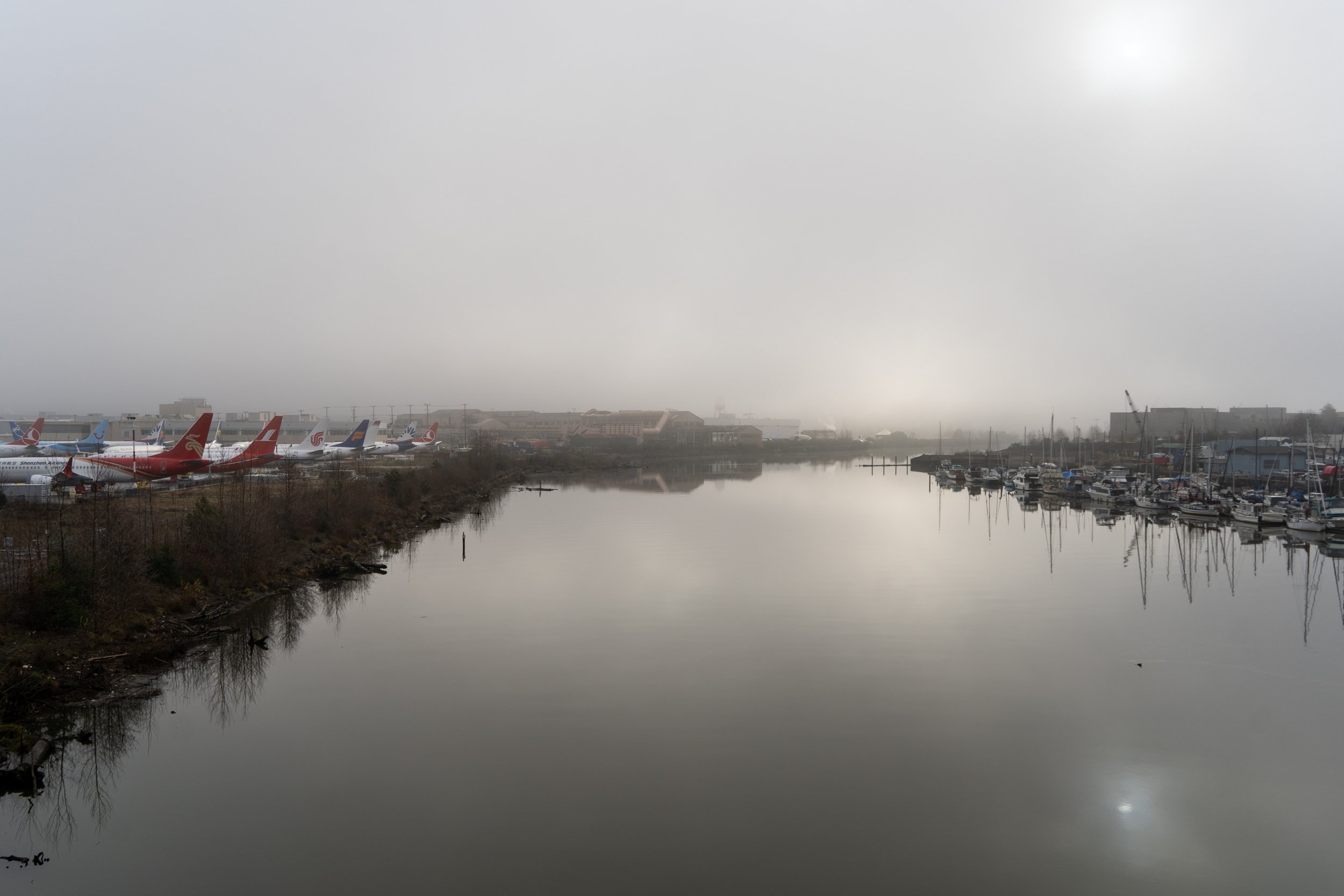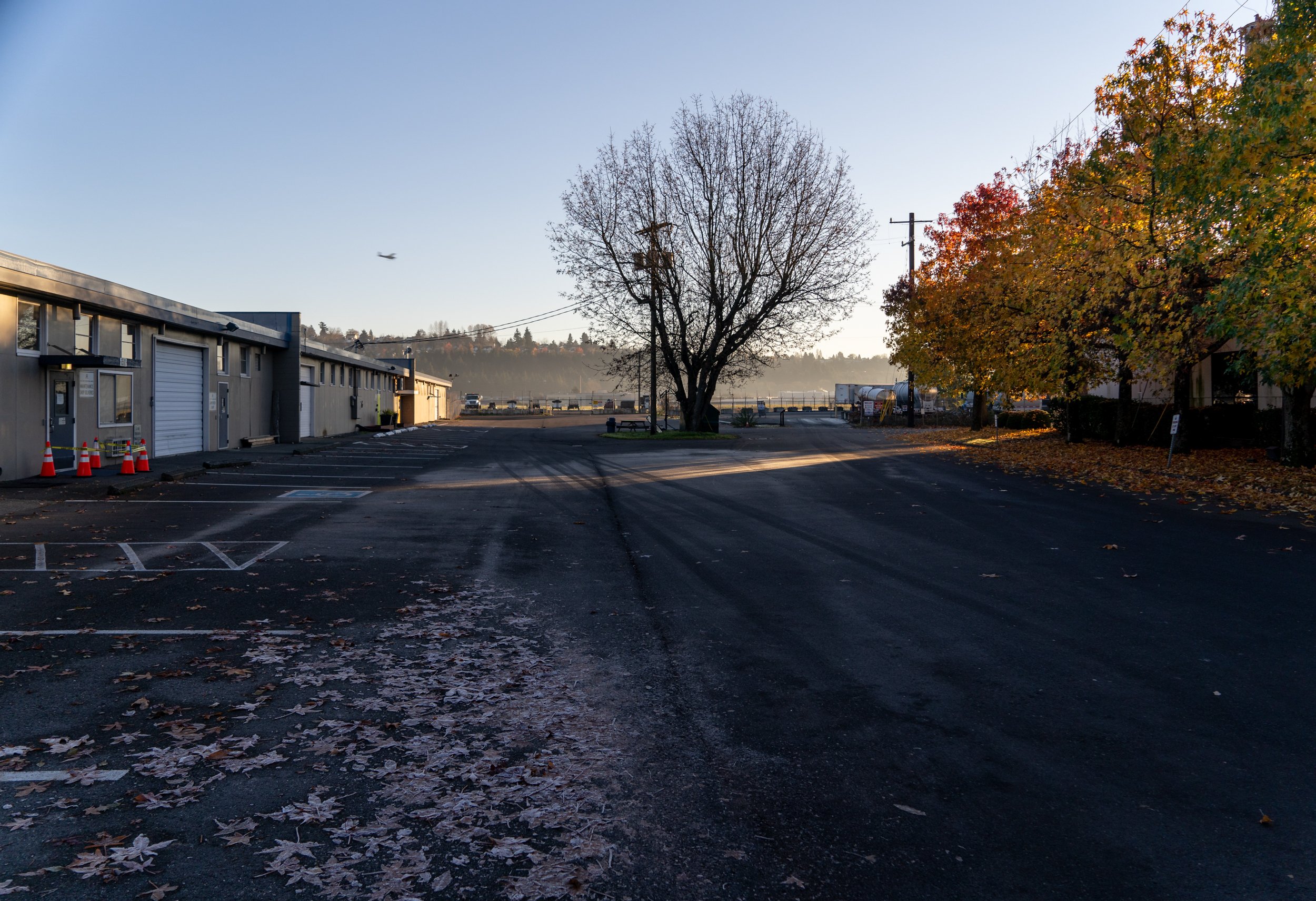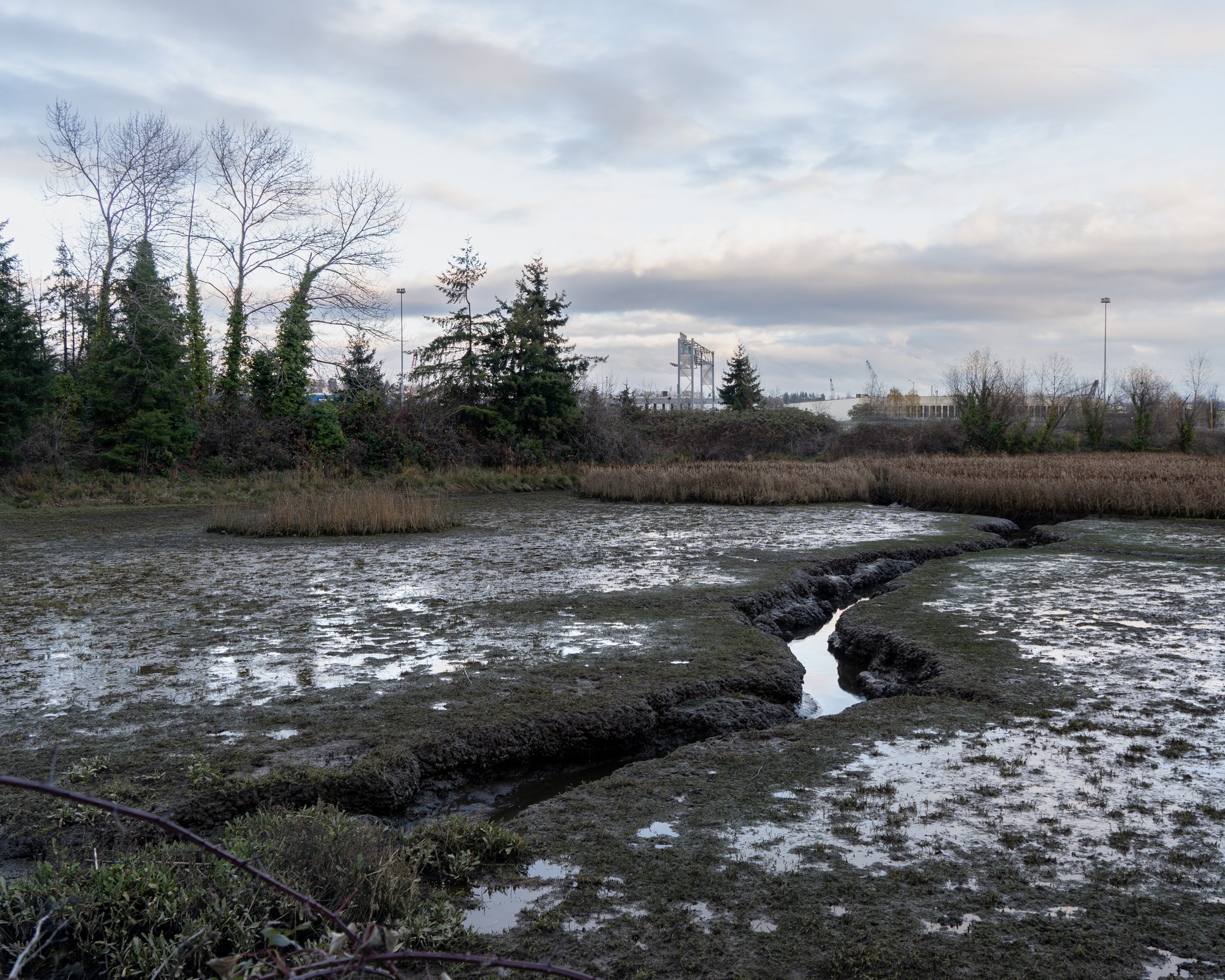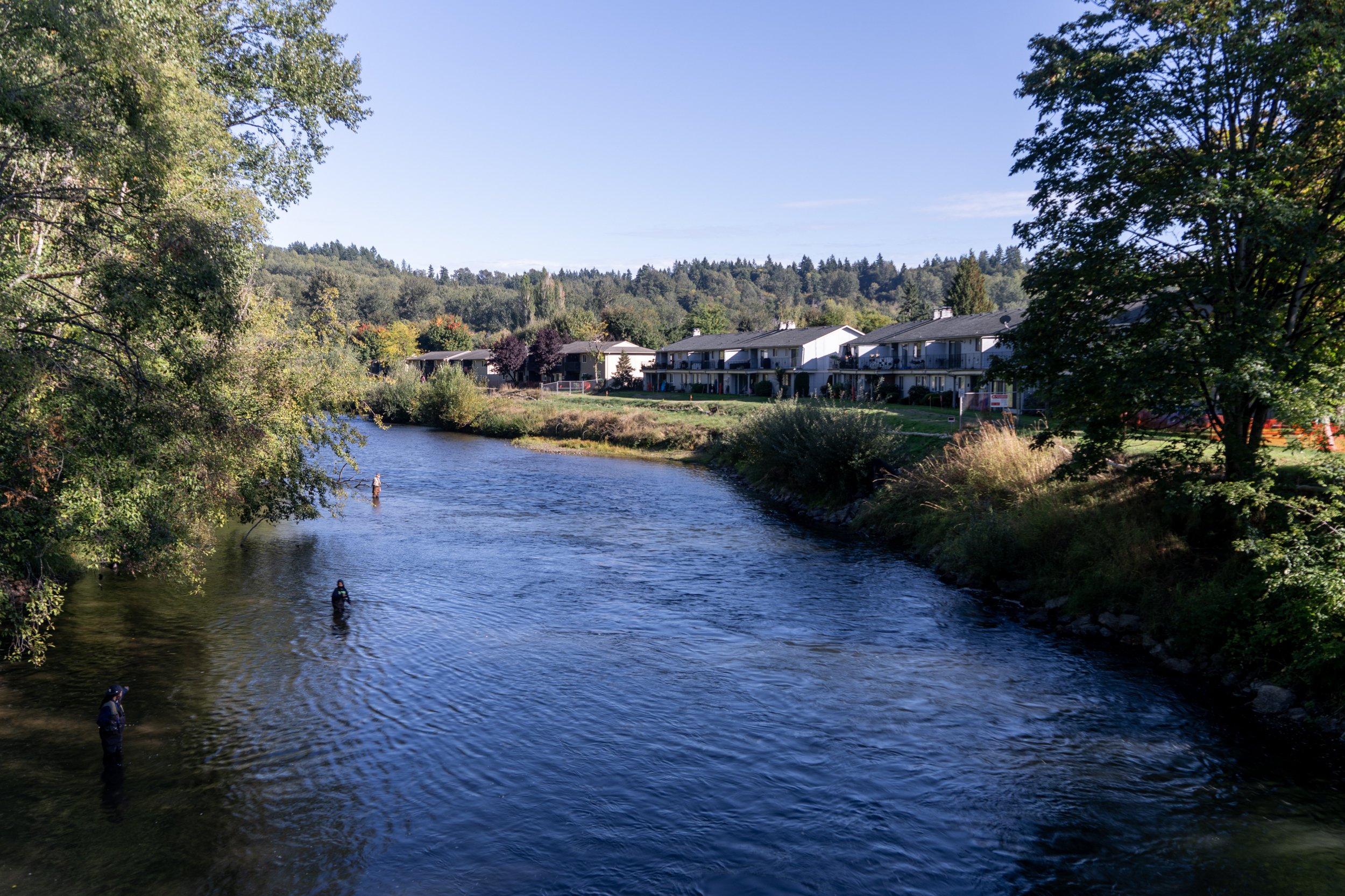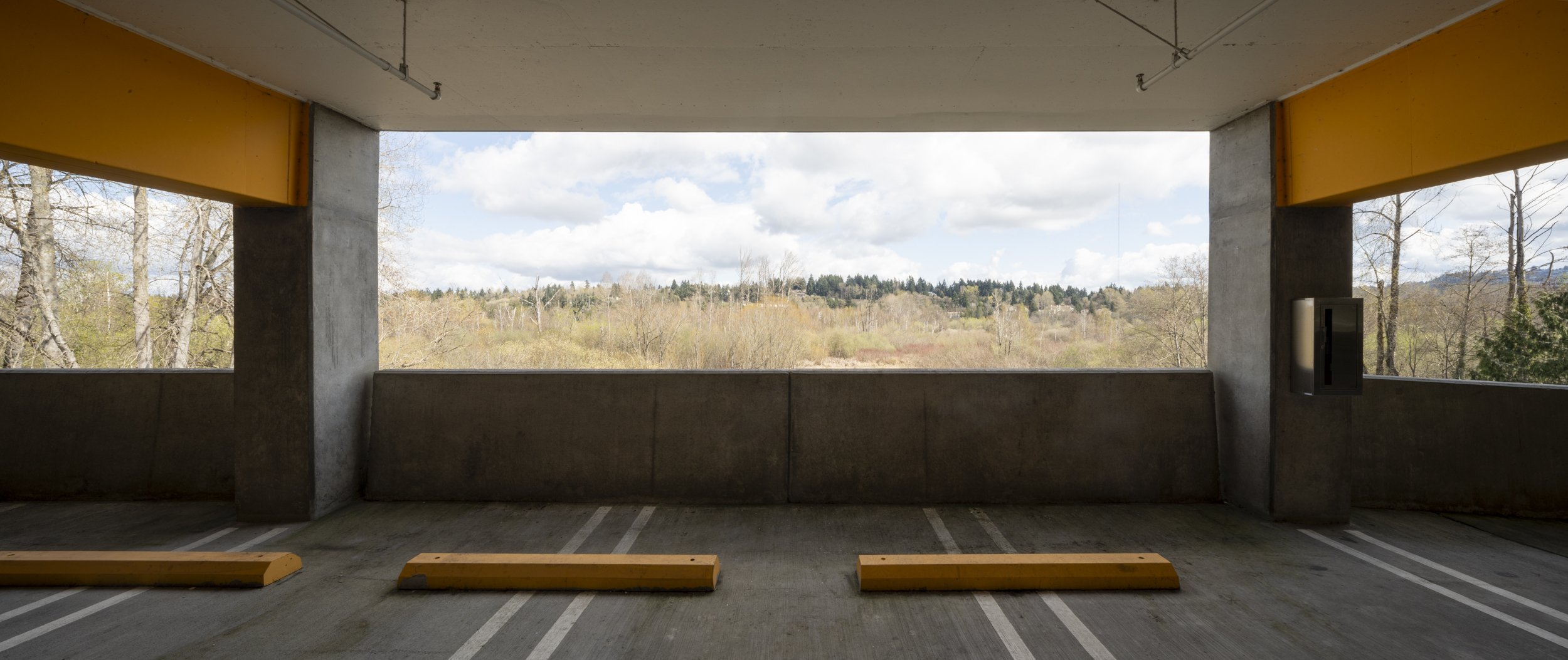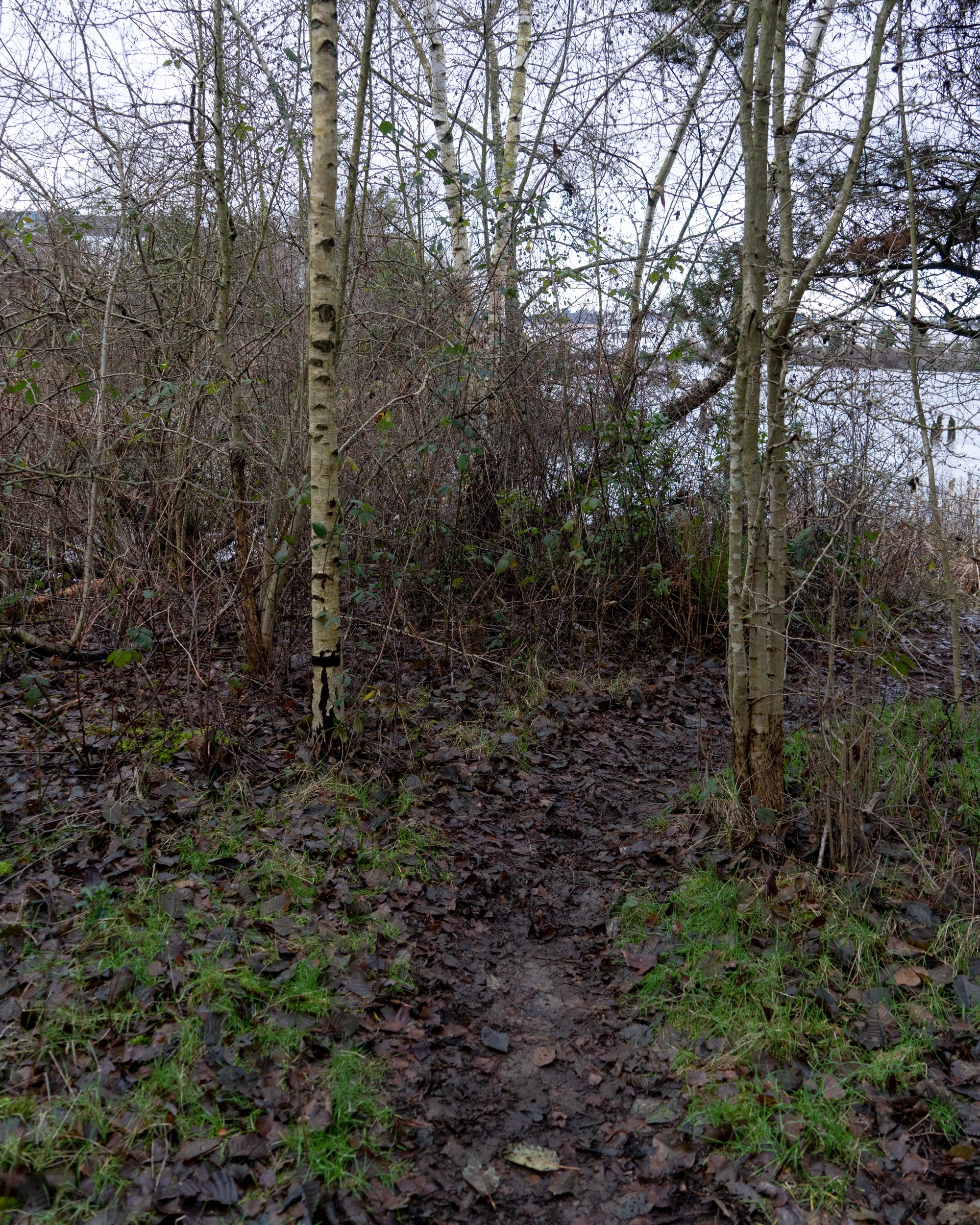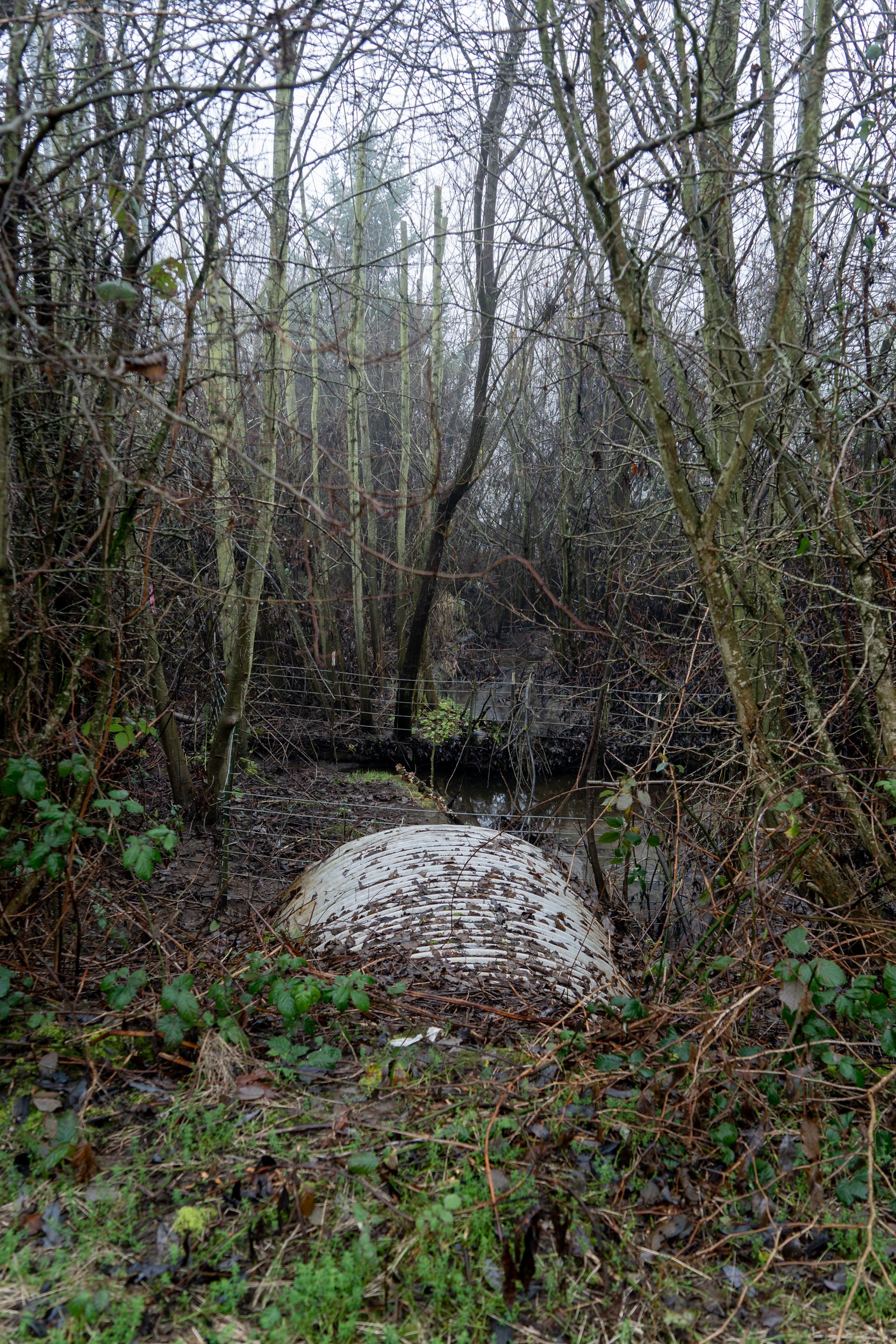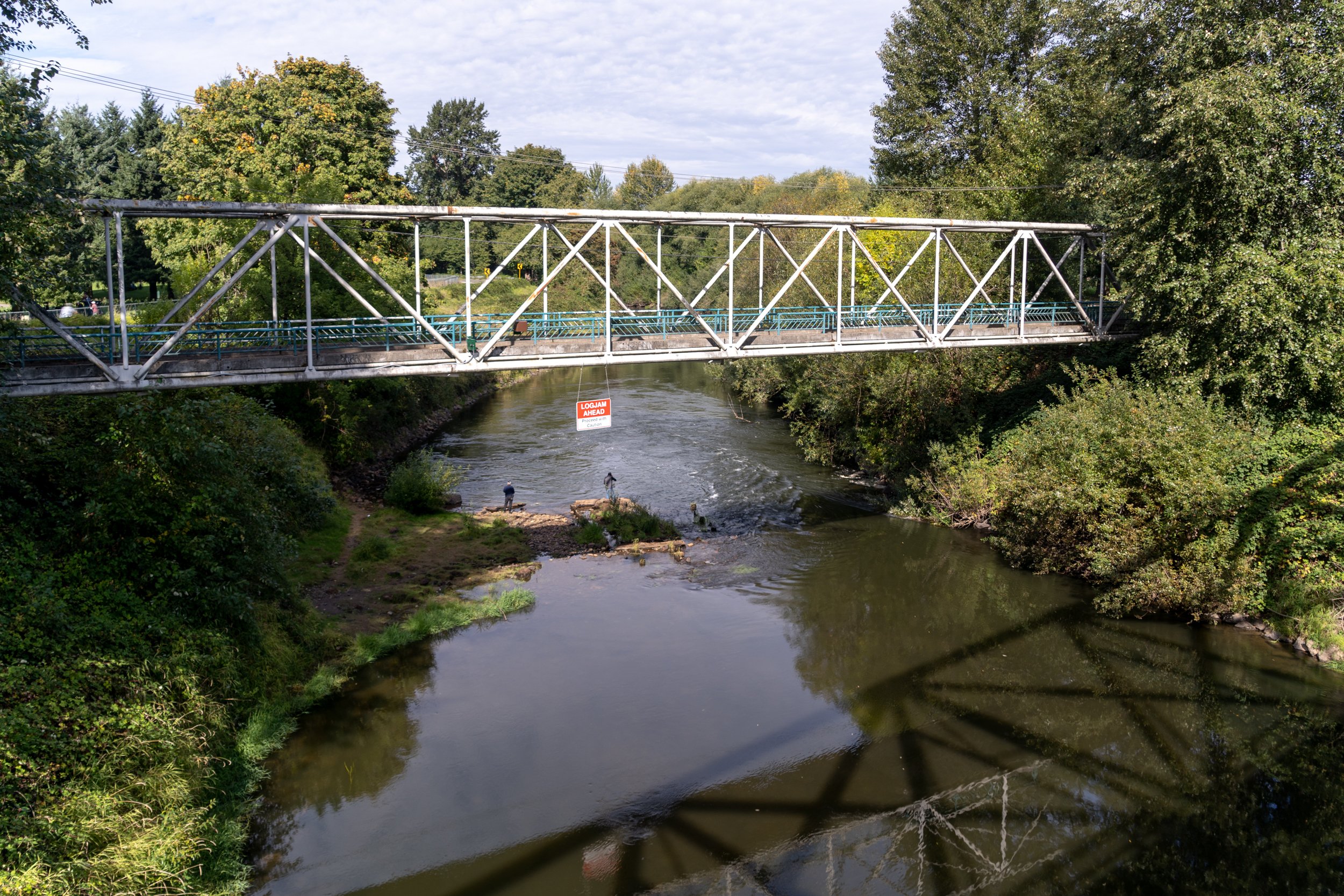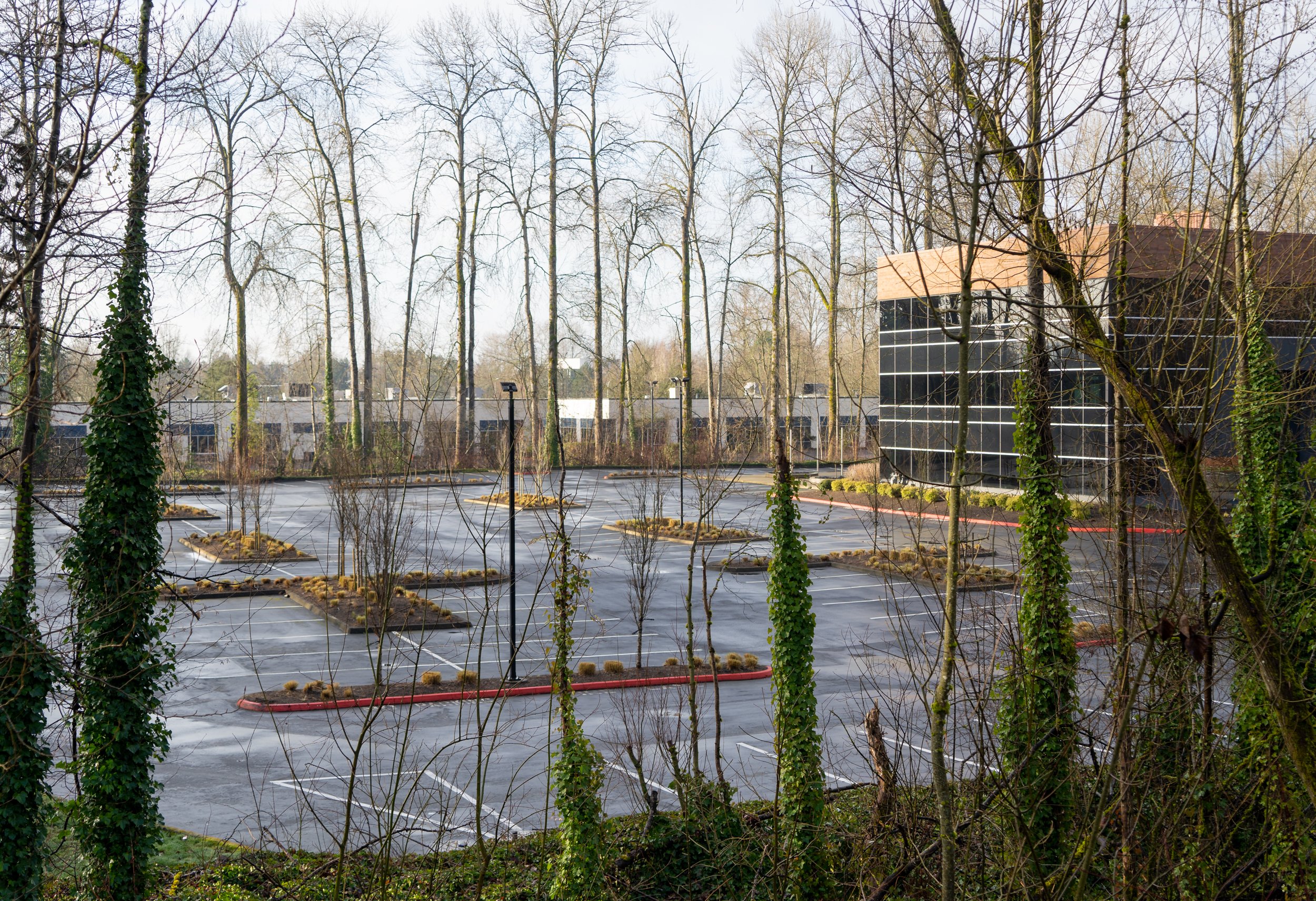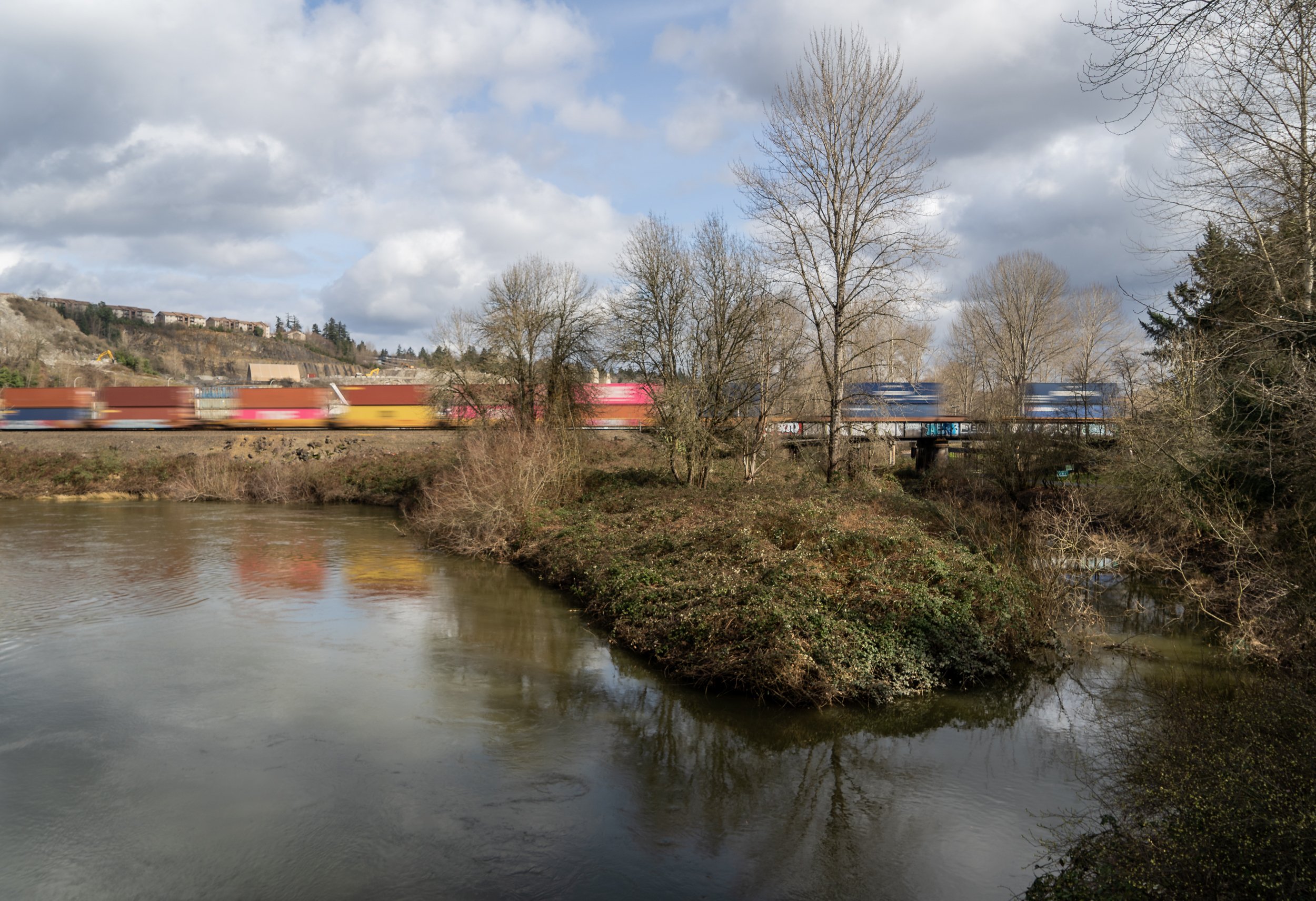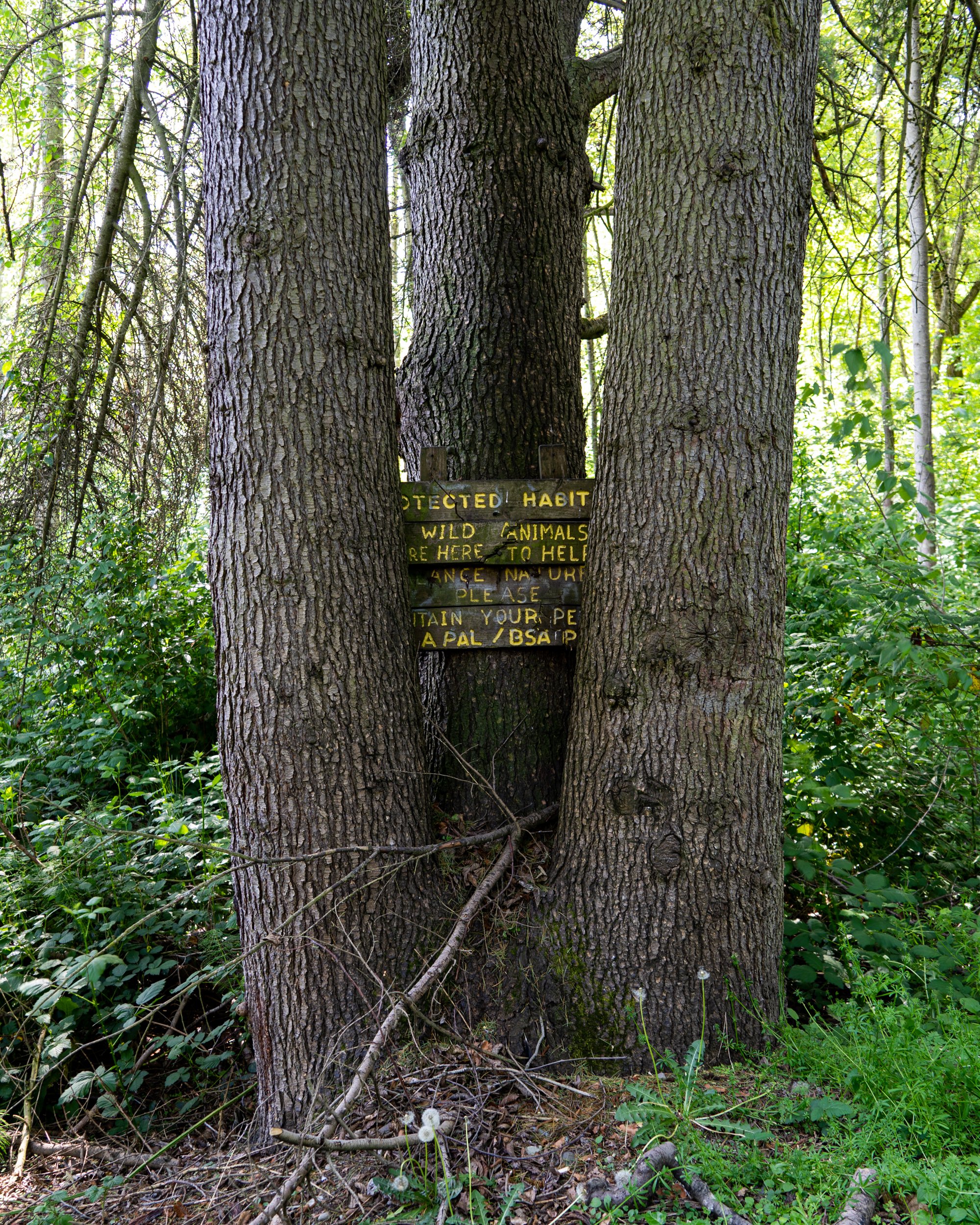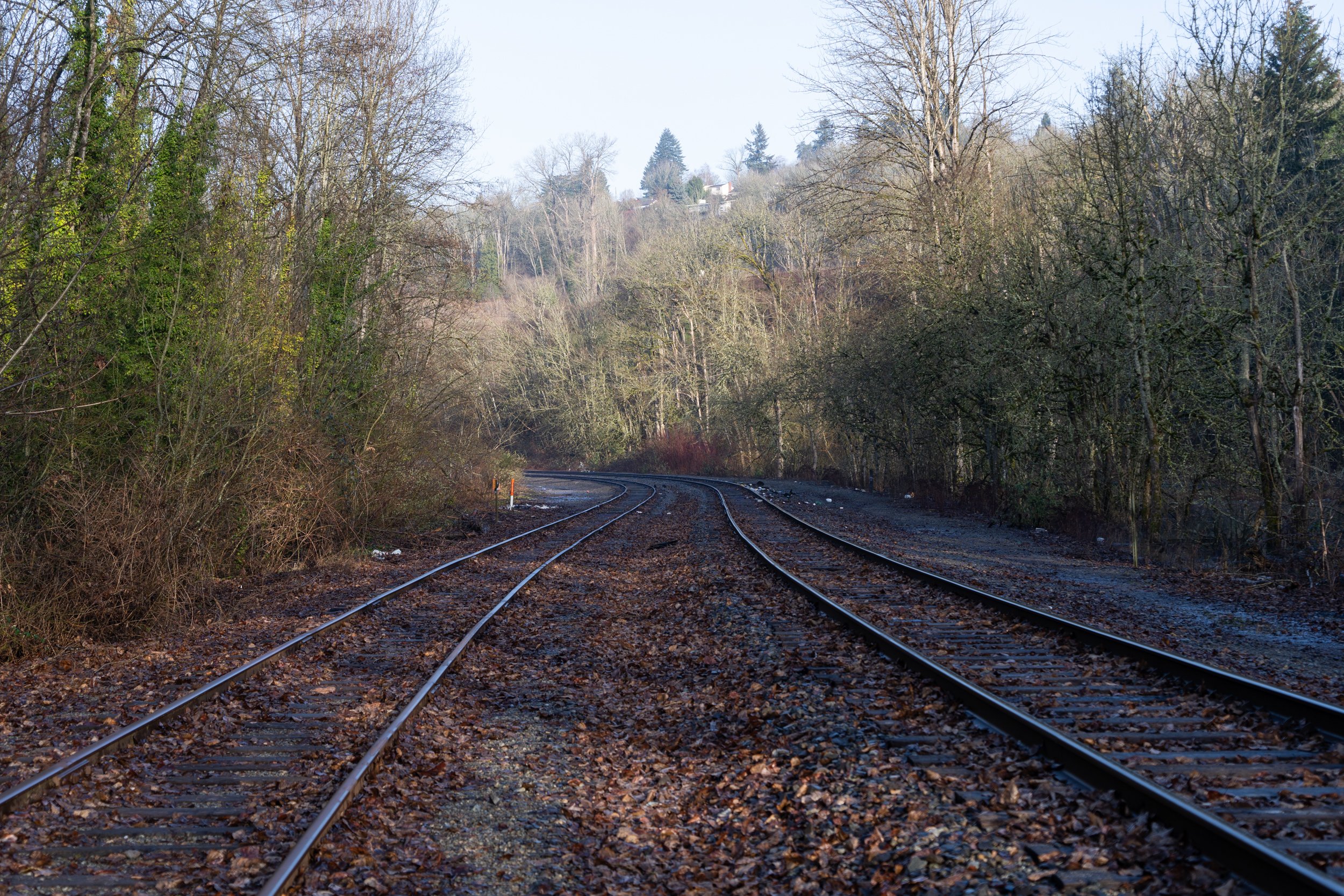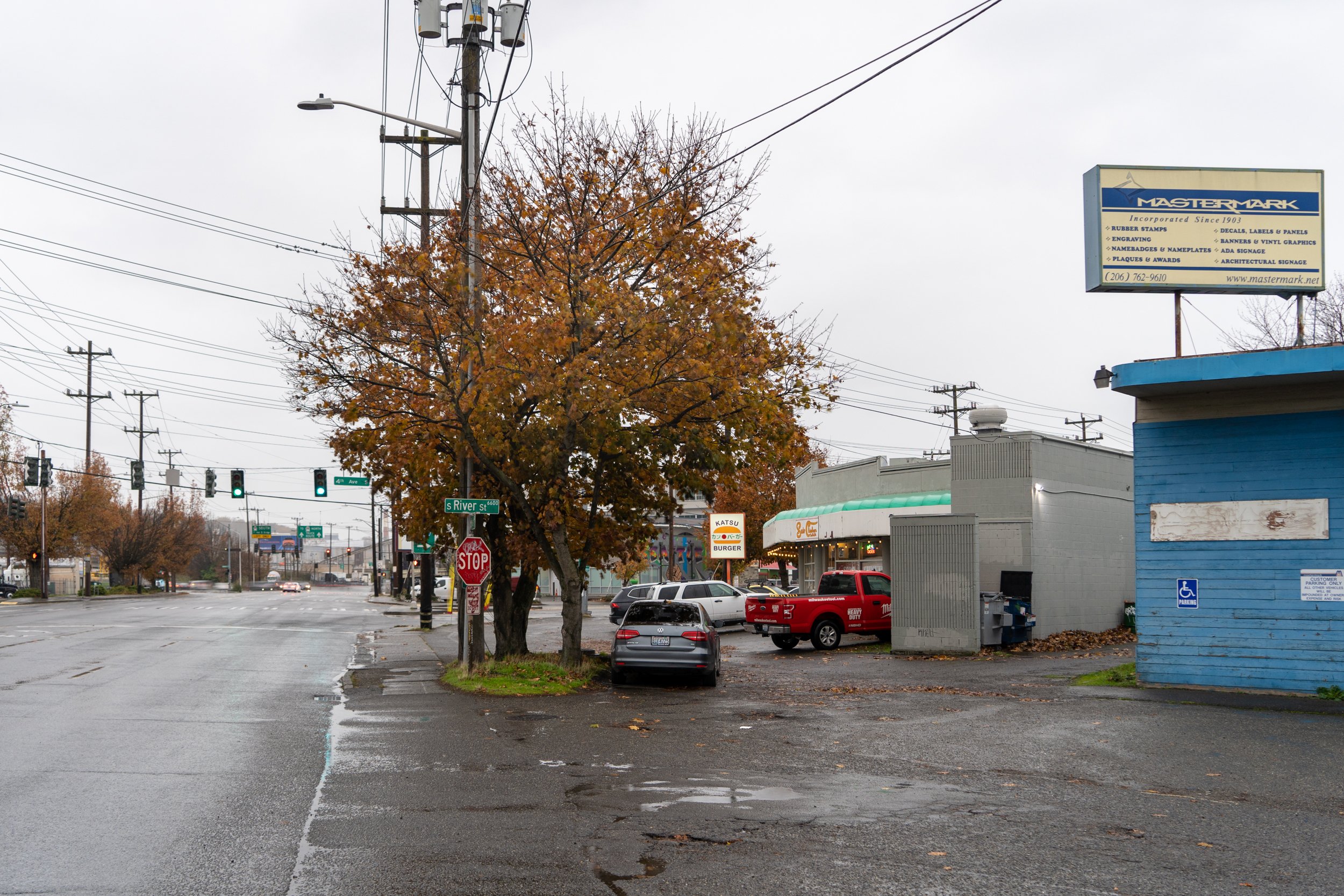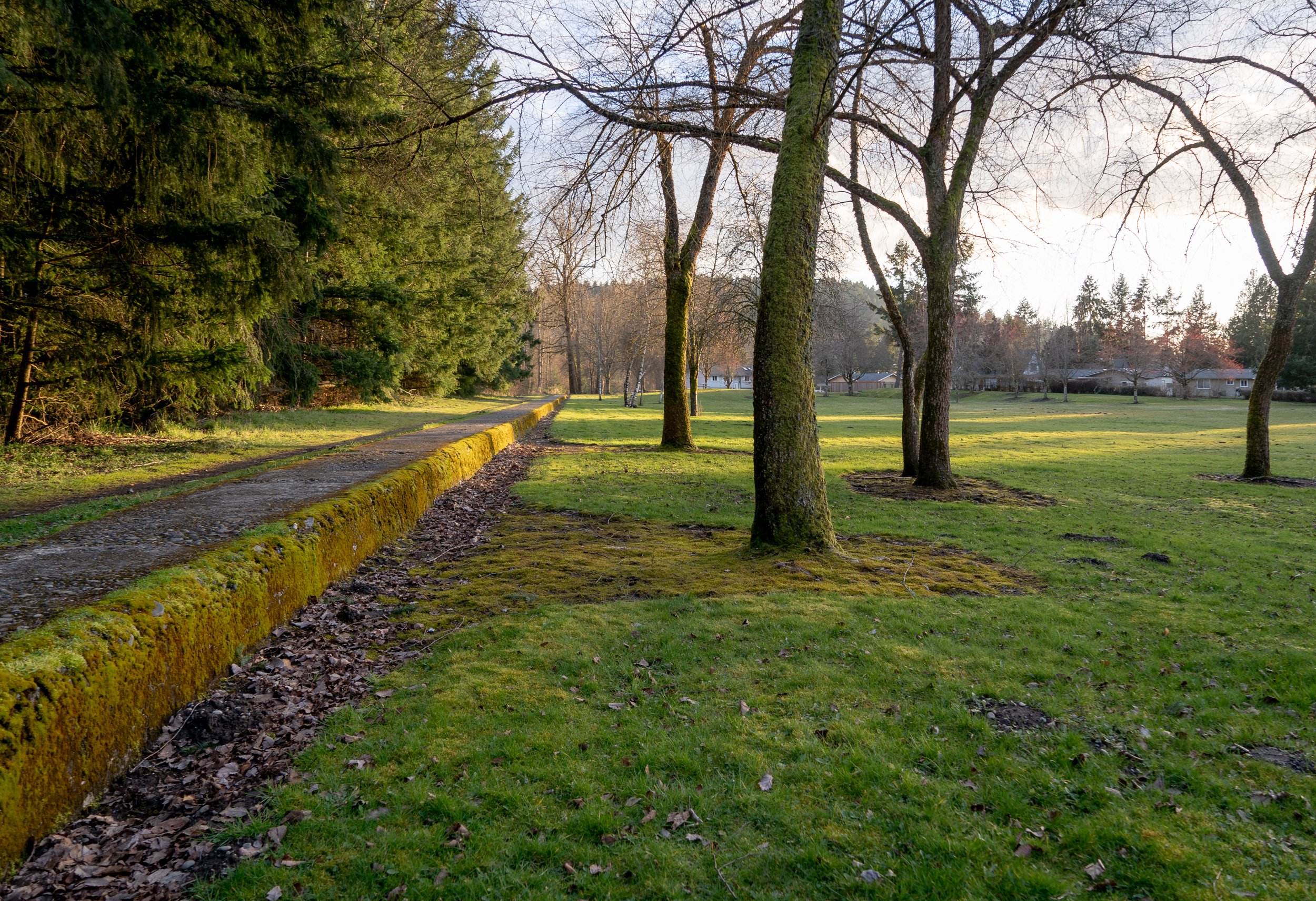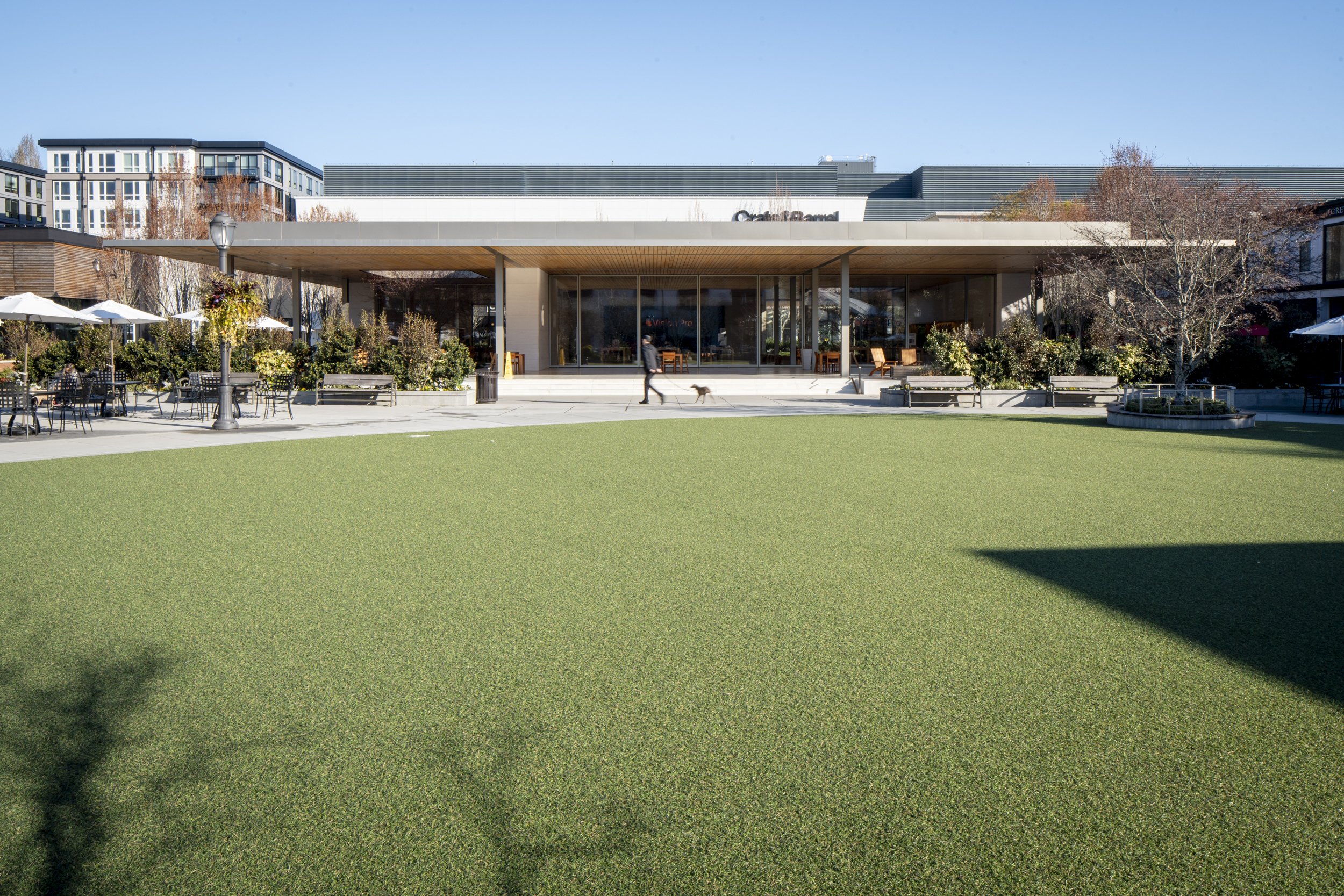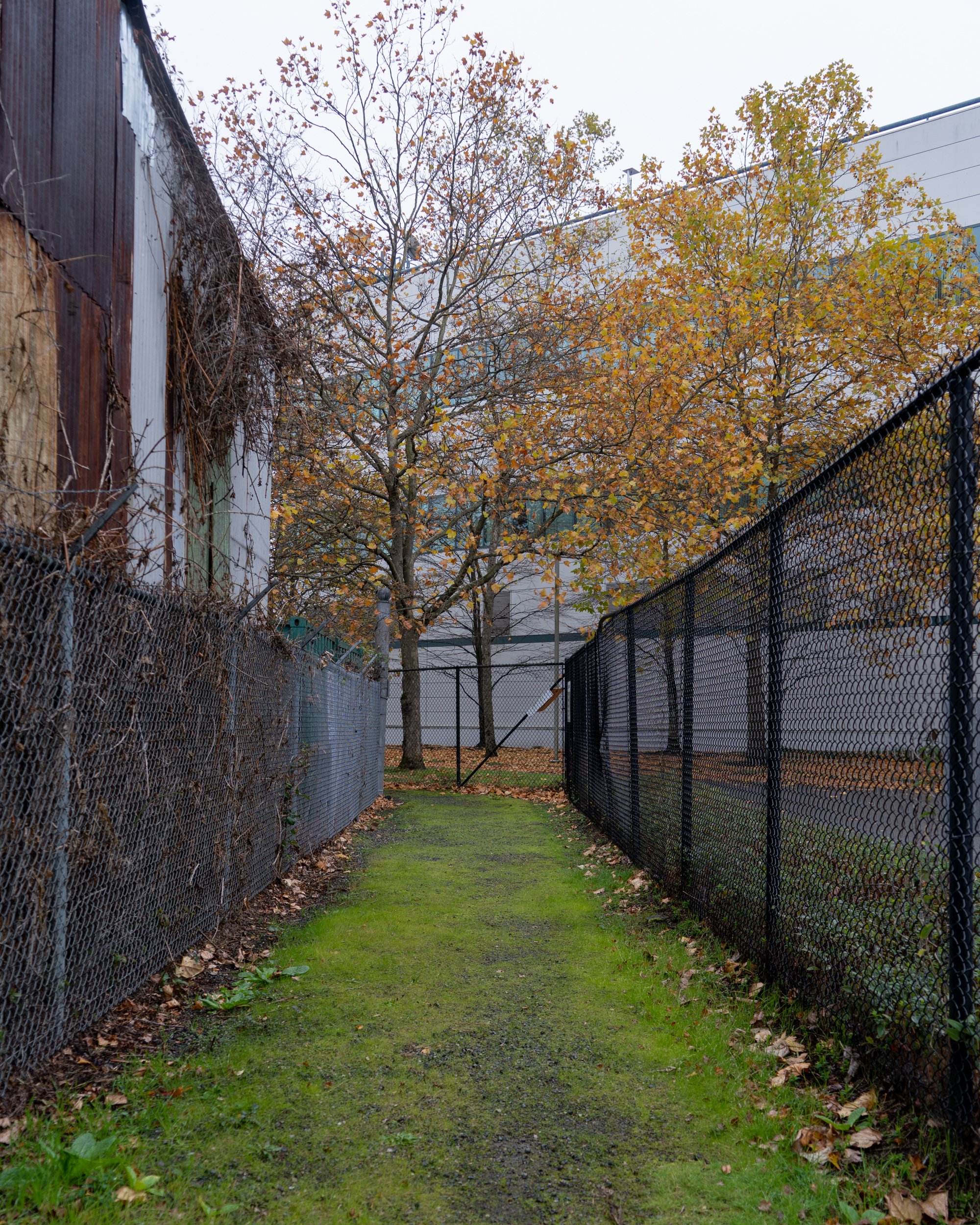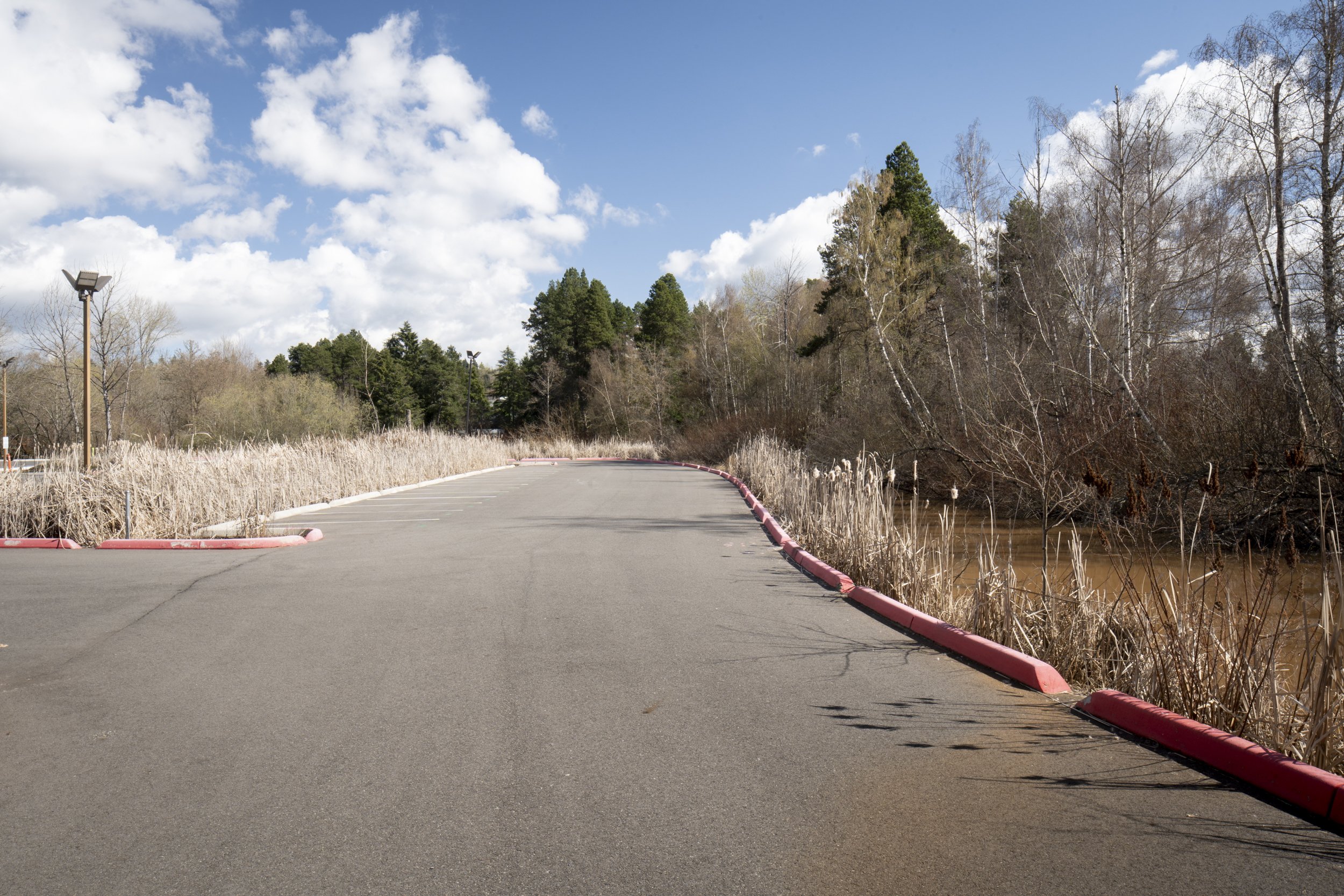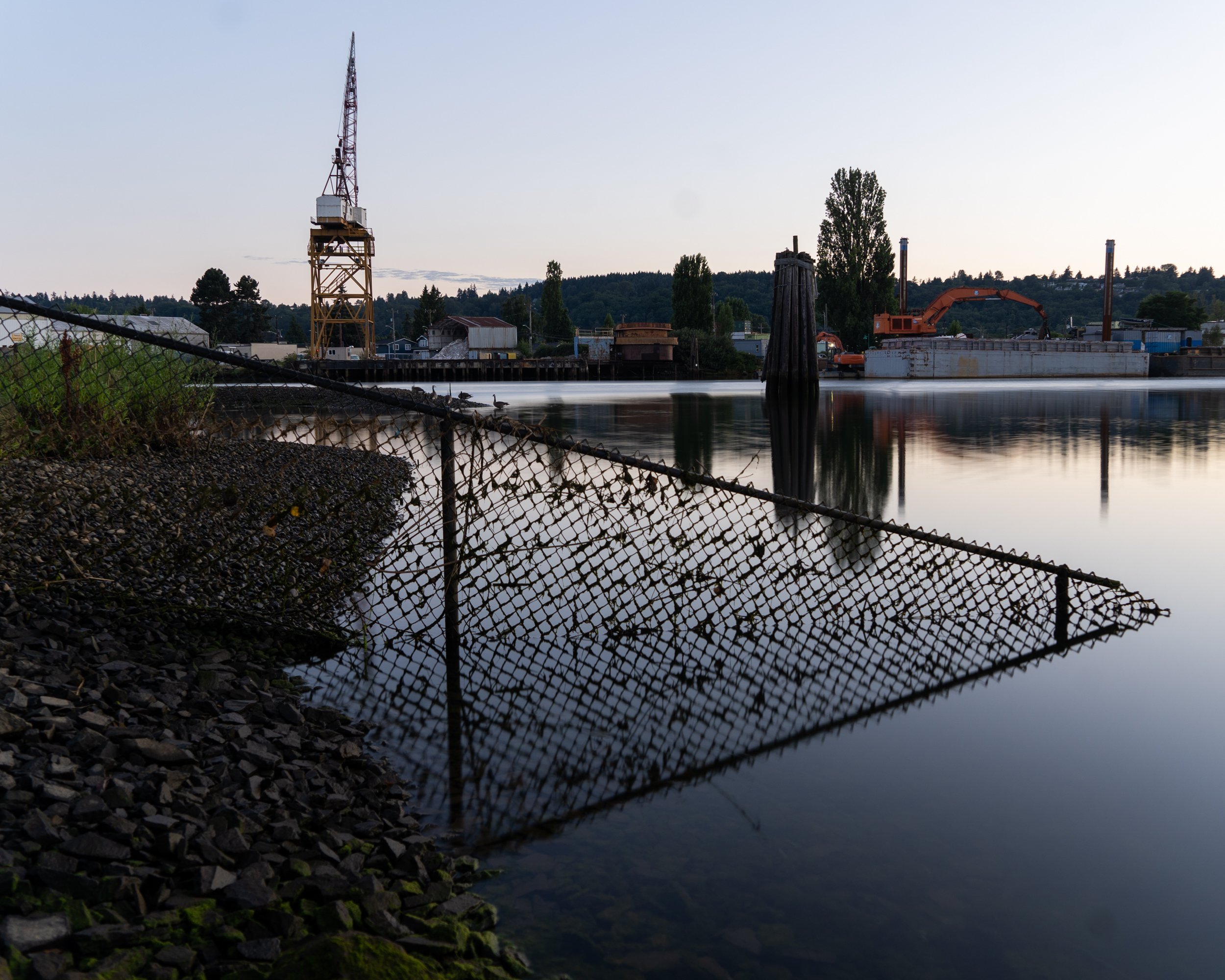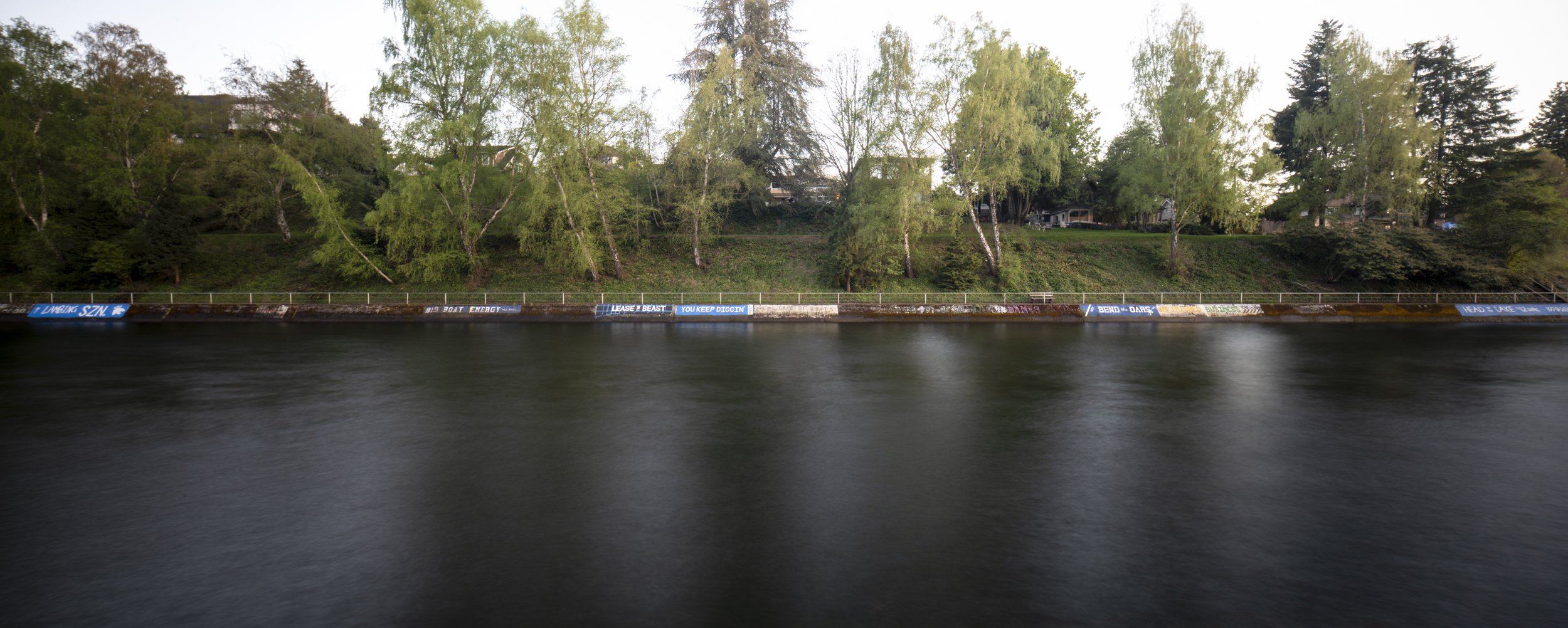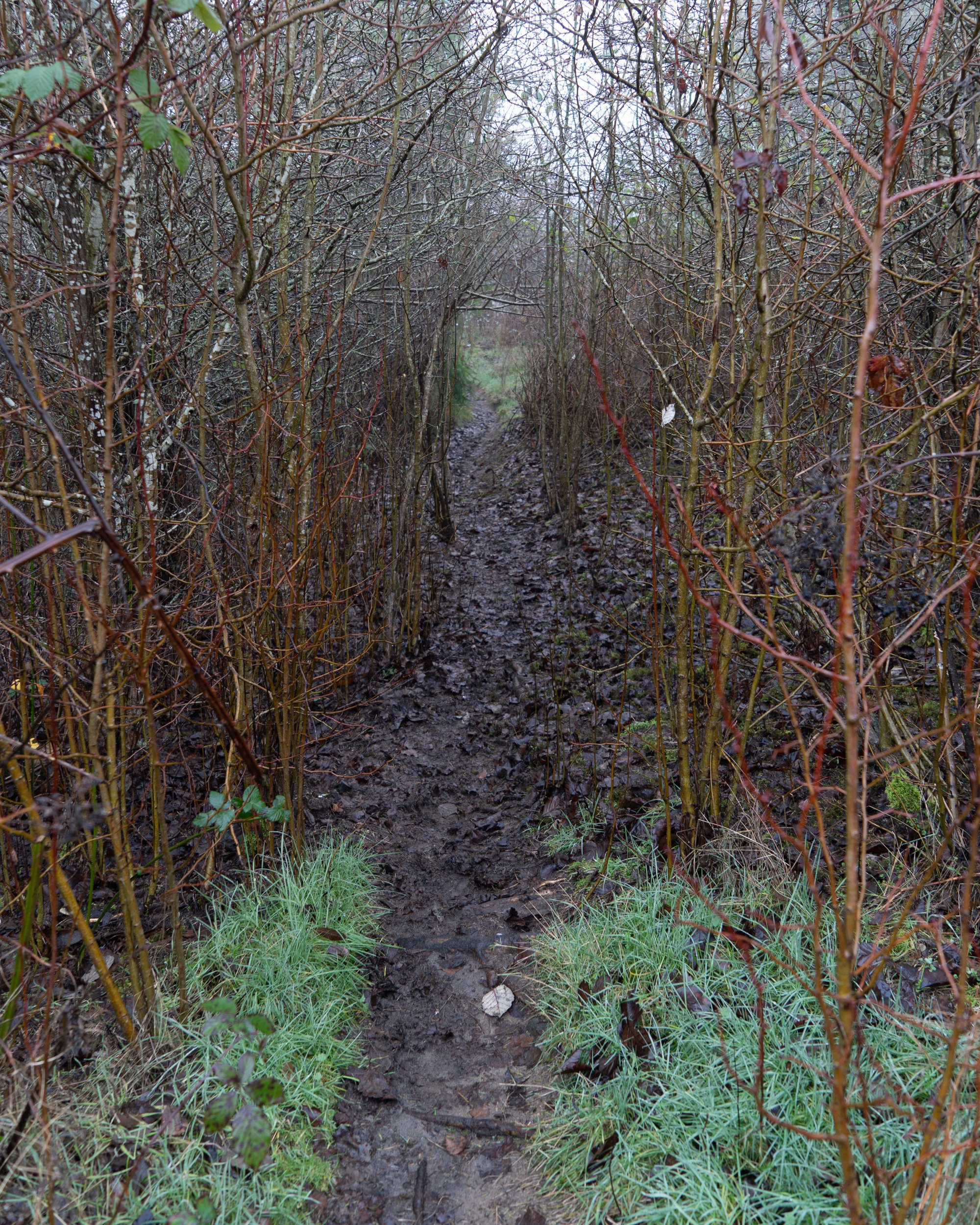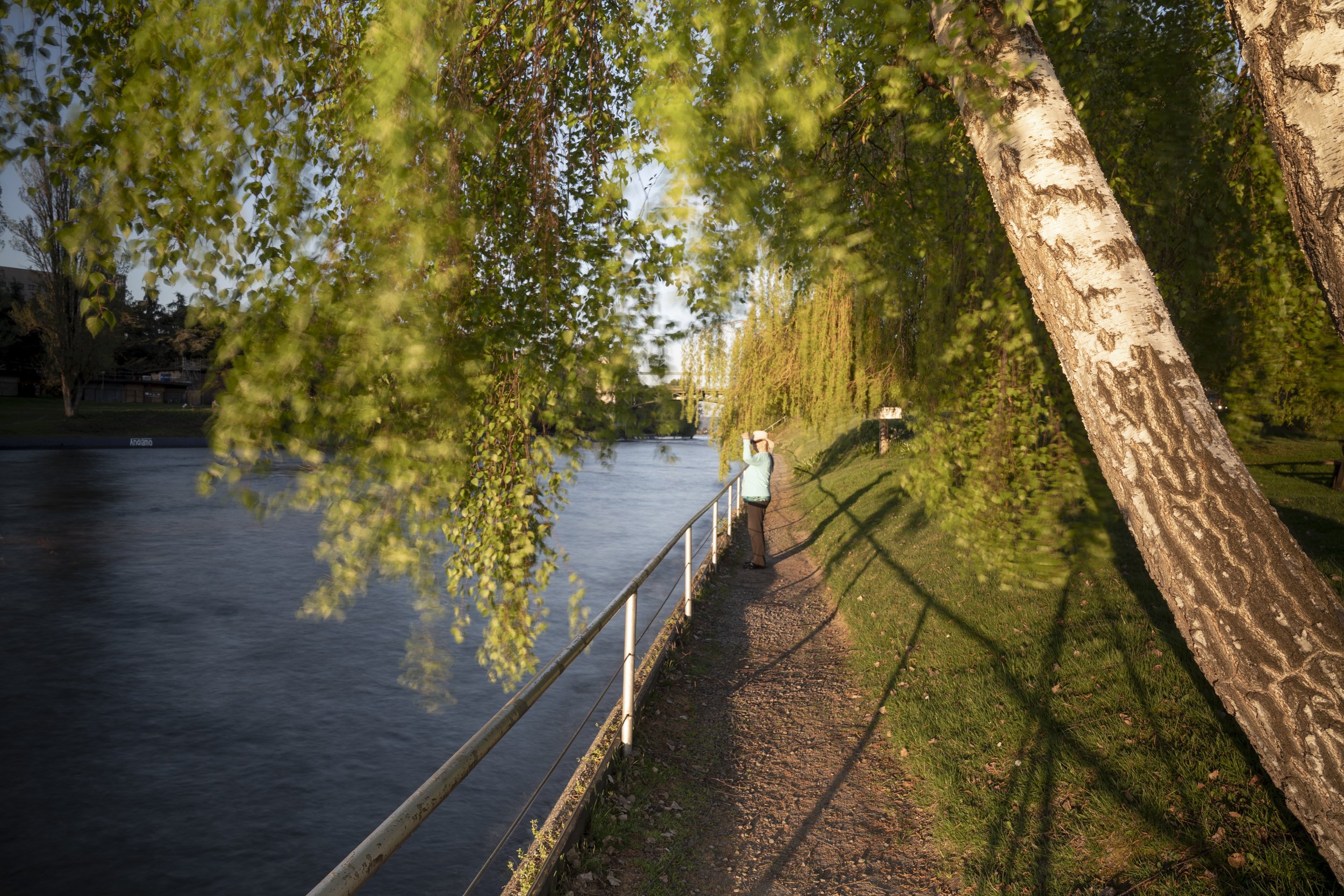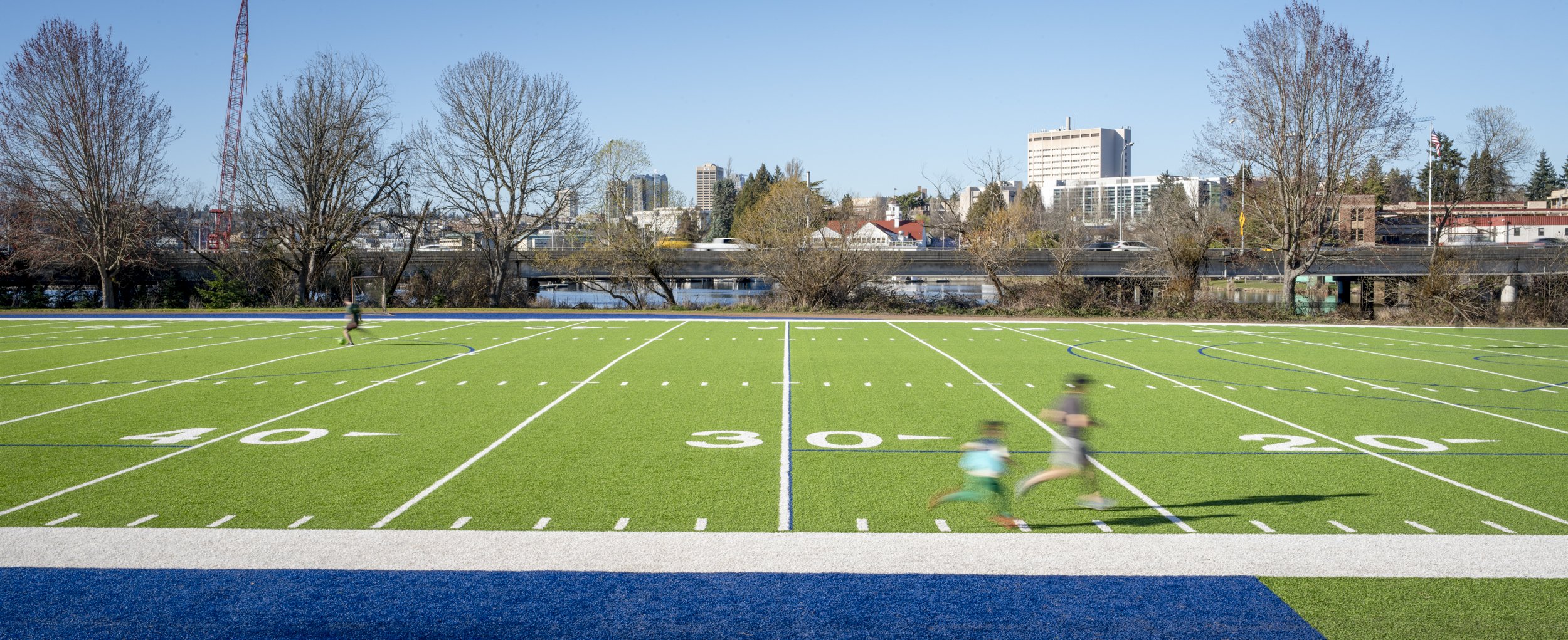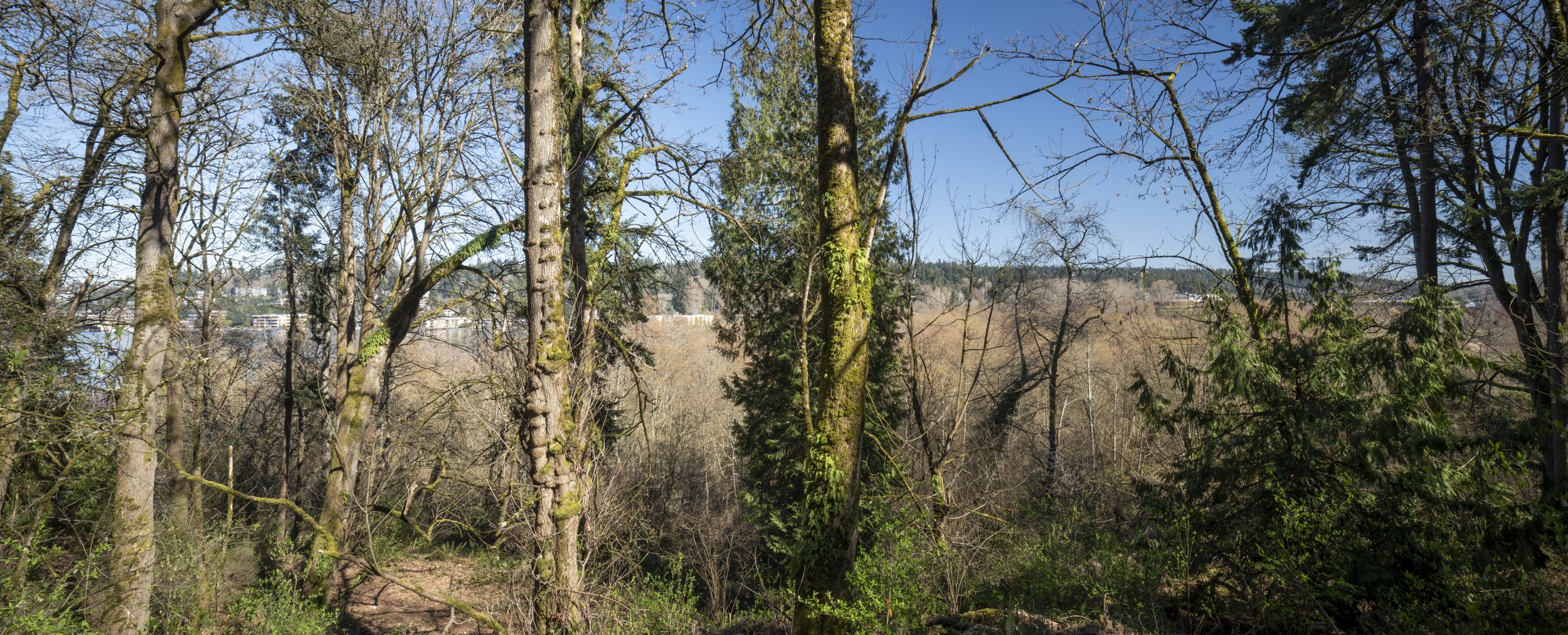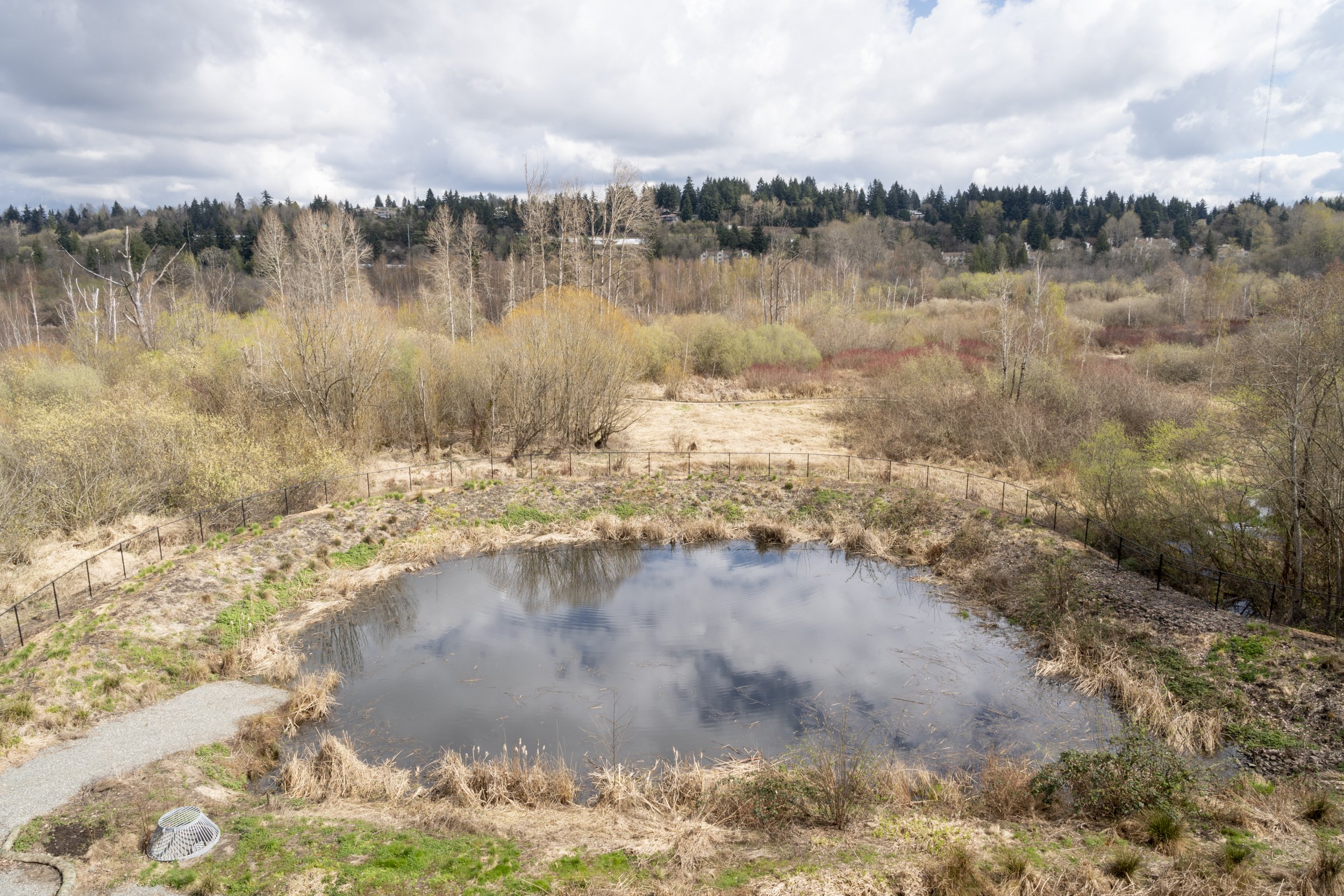DUWAMISH REMAINS
“Duwamish Remains” investigates Seattle's river, and its transformed watershed, as a historical geography. As a 21st Century witness, I seek moments along the river’s current and long-lost meandering course that connect its present, developed conditions to its complex, transfigured history.
Altered solely by forces of nature for millennia, the 20th Century unveiled to the Duwamish River a sustained period of human-wrought mutation.The fertile provider to native populations succumbed to the inevitable meddling hand of westward expansion. Seattle’s agrarian and industrial revolutions required predictability from its waterways, initiating flood control infrastructures still being developed today. Dammed, diverted, redirected, dredged, back-filled and run dry, between 1906 and 1916 the Duwamish River’s watershed was reduced to one quarter of its 1,600 square mile reach. In 2002, decades of industrial contamination led to the designation of the lower five miles of the Duwamish estuary as a federal Superfund cleanup site.
And yet, through all of this, the Duwamish remains.
Native populations embed directly within their grammar an awareness of a river that is alive. They also distinguish within the term ‘pre-contact’ a time immemorial prior to European arrival. This expression references a distinct historical moment in a way that evokes the tactile and physical, and one after which nothing would ever be the same. 100 years after human contact, Euro-Americans began to reconfigure the Duwamish watershed. This indigenous river, the implications of contact, and what remains, guide my concern.
River cartography of a ‘pre-contact’ condition, drawn by the hands of engineering and colonization, recorded this period of the Duwamish. Layered with present-day maps I am able to pinpoint locations within the current landscape where the waters once flowed. While these endeavors allow us to wander backwards, my images inevitably remain in the human/river ‘post-contact’ world.
